|
*This post contains affiliate links. I receive small commissions for purchases made through these links at no extra cost to you. These commissions help me keep this site up and running, in order for me to keep providing helpful and inspiring art content. :) Wondering what the difference between acrylic and oil paint is? How do they compare in regards to required supplies, painting process and overall finish? Which one of these two painting mediums is best for you, your artistic goals and your current life situation? In today's blog post (and the YouTube video included), I'll be explaining the key similarities and differences between acrylic and oil paint. I'll also be clearing up common misconceptions so that you can make an informed decision about which supplies to invest in and, most importantly, start moving forward in your artistic journey right away. When I was first starting to look into painting, I was very confused about the similarities and differences between these two mediums. Not only did the examples of artwork I found created with each vary immensely, but there were also tons of contradictions between one article/book to the next in terms of the required supplies, the preparation phase, and the painting process itself. It was honestly overwhelming and I didn't have time to make sense of it all. Quite often, I held myself back from buying any supplies and moving forward due to this. Eventually, there came a point at which I could no longer ignore my desire to improve artistically, highly-demanding full-time job and all. I had already wasted too much time and knew that the best way to learn and to make sense of it all would be through actually doing. I visited my local art supply store, and with the information I had learned from my research (as well as with the help graciously provided by the lady at the store), bought a few items to explore. Suffice to say, a lot of supplies were wasted or left completely unused. And not only were a lot of bad paintings created, but several of them literally fell apart after a couple of months (don't ask). I don't regret it though, because I learned so much through this first-hand exploration, both about different painting mediums, as well as about myself as an artist. What I like, don't like, what techniques suit the style I'm going for best, etc. After years of practice and exploration I've been able to learn a lot about acrylics, oils and even watercolors. I love them all, use them all on a month-to-month basis, and have come to know the pros and cons of each throughout this time. If you're just as confused and overwhelmed as I was all those years ago, but still feel that nagging inside telling you to get painting (it never goes away by the way), the following information will definitely help you make faster progress. However, as with all artistic mediums and supplies, it's going to be up to you to commit to this journey and the exploration it entails, in order to get to know yourself artistically and the specific supplies you personally enjoy. In this page, you'll find a list of my favorite oil and acrylic painting supplies. Let's get into today's topic!
If you enjoyed this video and found it helpful, make sure to subscribe to my YouTube channel. I share a brand new video every week with art tips, drawing and painting tutorials and mindset/productivity tips for artists. *Subscribe HERE*
Introduction
|
|
|
|
5. Overall Look and Finish
Because oil paint contains more pigment than acrylic paint, colors in oil paintings usually look a lot richer, more vibrant and glossy.
This said, even though oil paintings can last a very long time if they have been created using quality supplies and proper methods, they do tend to fade and/or yellow over time.
It'll be years and years before this happens though.
Acrylic paintings, on the other hand, usually look a lot more matte and flat when compared to oil paintings. Colors also tend to darken during the drying phase.
However, once this drying process is completed and this color change happens, they don't change after that as long as they are kept in an optimum environment (away from direct sunlight and humidity).
As far as texture goes, we can find both acrylic and oil paintings that are very smooth, as well as highly-textured. Oil paint lends itself to very easily be placed thickly on the canvas, leading to beautiful, palpable textures, if that's what the artist is intending to create.
However, texture mediums can be added to acrylic paint and impasto-like effects can also be created by placing it heavily on the substrate using different tools like painting knives. The artist can also create a textured surface prior to starting to paint.
The overall finish of both acrylic and oil paintings can also be altered by using different types of varnishes, depending on whether you'd like your painting to appear more matte or glossy.
There aredifferent varnishes available in both spray and liquid form that offer a variety of finishes.
Because oil paint contains more pigment than acrylic paint, colors in oil paintings usually look a lot richer, more vibrant and glossy.
This said, even though oil paintings can last a very long time if they have been created using quality supplies and proper methods, they do tend to fade and/or yellow over time.
It'll be years and years before this happens though.
Acrylic paintings, on the other hand, usually look a lot more matte and flat when compared to oil paintings. Colors also tend to darken during the drying phase.
However, once this drying process is completed and this color change happens, they don't change after that as long as they are kept in an optimum environment (away from direct sunlight and humidity).
As far as texture goes, we can find both acrylic and oil paintings that are very smooth, as well as highly-textured. Oil paint lends itself to very easily be placed thickly on the canvas, leading to beautiful, palpable textures, if that's what the artist is intending to create.
However, texture mediums can be added to acrylic paint and impasto-like effects can also be created by placing it heavily on the substrate using different tools like painting knives. The artist can also create a textured surface prior to starting to paint.
The overall finish of both acrylic and oil paintings can also be altered by using different types of varnishes, depending on whether you'd like your painting to appear more matte or glossy.
There aredifferent varnishes available in both spray and liquid form that offer a variety of finishes.
So, which medium is best for you?
This is going to depend on your personal circumstances, as well as your tastes and what you're looking to improve upon.
If you usually don't have much time for your art, don't have a designated space to work in, or you have kids or pets running around, acrylics are probably the best option for you (at least for now).
On the other hand, if you do have a space you can work in for hours-on-end, you aren't too sensitive to strong smells, you're interested in learning classical techniques, and/or you really care about the depth/color/richness of your paintings, then I'd definitely explore oils!
Whatever medium you choose to go for, make sure you exercise safety measures.
I hope you enjoyed this post and learned something new, or got inspired to go and create a sketch for yourself. I wish you tons of progress and enjoyment in your artistic journey! :)
This is going to depend on your personal circumstances, as well as your tastes and what you're looking to improve upon.
If you usually don't have much time for your art, don't have a designated space to work in, or you have kids or pets running around, acrylics are probably the best option for you (at least for now).
On the other hand, if you do have a space you can work in for hours-on-end, you aren't too sensitive to strong smells, you're interested in learning classical techniques, and/or you really care about the depth/color/richness of your paintings, then I'd definitely explore oils!
Whatever medium you choose to go for, make sure you exercise safety measures.
I hope you enjoyed this post and learned something new, or got inspired to go and create a sketch for yourself. I wish you tons of progress and enjoyment in your artistic journey! :)
16 Comments
Hey there, fellow artists and art-lovers!
Today I'll be sharing the process behind my latest floral oil painting. The video included in this post contains a timelapse that I've recently uploaded onto my YouTube channel as a collaboration I did with Dena Tollefson, who also has a channel on this platform.
For a more in-depth explanation and tips on oil painting, visit my blog post Don't Be Afraid of Oil Paint + How I Paint a Still Life Using Oils.
If you enjoyed this video and found it helpful, make sure to subscribe to my YouTube channel. I share a brand new video every week with art tips, drawing and painting tutorials and mindset/productivity tips for artists. *Subscribe HERE*
Check out Dena's version of this challenge over at her YouTube channel.
For a list of my favorite art supplies and books, go here.
Check out Dena's version of this challenge over at her YouTube channel.
For a list of my favorite art supplies and books, go here.
Thanks so much for visiting today, and talk to you soon!
*This post contains affiliate links. I receive small commissions for purchases made through these links at no extra cost to you. These commissions help me keep this site up and running, in order for me to keep providing helpful and inspiring art content. :)
Are you curious about painting with oils but find them a bit intimidating? Do you feel that there are too many "rules" that you'd have to follow and that they would make the painting process anything but enjoyable? Are you tired of running into oil painting tutorials online that are far too technical and confusing to the point that you start tuning out and not want to learn the medium at all?
When I was first starting my oil painting journey, I got very confused and overwhelmed as I tried to learn from instructional articles and videos I found online. There were so many different types of mediums and solvents one could use, so many ways one could go about using them, and so many rules to follow in order to ensure effective drying of paint layers.
Not to mention, professional oil painters have different tips to offer which sometimes even contradict each other.
In today's post, I'll be sharing my current process for creating still life oil paintings. I'll share the specific things I have in mind when creating my photographic reference, what I do to prepare before starting to paint, and the general steps of my painting process.
Still life is a subject I highly recommend all beginners to delve into when they are first starting to paint with any medium, as it allows us to practice not only compositional arrangement, but specific fundamental art skills like proportion and value placement.
This post also includes a painting time lapse video where you can see me create a complete painting from start to finish using my alla prima method!
What I have come to realize, after having explored oil paint first-hand and tried out a few different mediums and methods (and even ruined a few paintings in the process) is that there is no "right" or "wrong" way to go about creating an oil painting.
It is up to each artist to explore different supplies and methods until he/she arrives at what he/she is most comfortable with. It's a matter of not being afraid, experimenting, and slowly but surely arriving at the specific techniques that will enhance and work in favor of our particular painting style.
This is not to say that you should completely disregard the most basic rules and safety measures, of course, like making sure you're working on a primed surface, following the "fat over lean" principle in order to ensure your painting will dry effectively, working in a well-ventilated area and avoiding having paint, mediums or solvents on your skin.
However, once you've understood these basic aspects of oil painting (and probably ruined a few pieces for yourself) you'll most likely find oils very enjoyable!
Are you curious about painting with oils but find them a bit intimidating? Do you feel that there are too many "rules" that you'd have to follow and that they would make the painting process anything but enjoyable? Are you tired of running into oil painting tutorials online that are far too technical and confusing to the point that you start tuning out and not want to learn the medium at all?
When I was first starting my oil painting journey, I got very confused and overwhelmed as I tried to learn from instructional articles and videos I found online. There were so many different types of mediums and solvents one could use, so many ways one could go about using them, and so many rules to follow in order to ensure effective drying of paint layers.
Not to mention, professional oil painters have different tips to offer which sometimes even contradict each other.
In today's post, I'll be sharing my current process for creating still life oil paintings. I'll share the specific things I have in mind when creating my photographic reference, what I do to prepare before starting to paint, and the general steps of my painting process.
Still life is a subject I highly recommend all beginners to delve into when they are first starting to paint with any medium, as it allows us to practice not only compositional arrangement, but specific fundamental art skills like proportion and value placement.
This post also includes a painting time lapse video where you can see me create a complete painting from start to finish using my alla prima method!
What I have come to realize, after having explored oil paint first-hand and tried out a few different mediums and methods (and even ruined a few paintings in the process) is that there is no "right" or "wrong" way to go about creating an oil painting.
It is up to each artist to explore different supplies and methods until he/she arrives at what he/she is most comfortable with. It's a matter of not being afraid, experimenting, and slowly but surely arriving at the specific techniques that will enhance and work in favor of our particular painting style.
This is not to say that you should completely disregard the most basic rules and safety measures, of course, like making sure you're working on a primed surface, following the "fat over lean" principle in order to ensure your painting will dry effectively, working in a well-ventilated area and avoiding having paint, mediums or solvents on your skin.
However, once you've understood these basic aspects of oil painting (and probably ruined a few pieces for yourself) you'll most likely find oils very enjoyable!
I've heard a bunch of reasons that people come up with to turn away from oils and reach for acrylics instead. Some of them are:
1. They are too expensive!
There are both student-grade and artist-grade oils, the same way there are for acrylics and watercolors. Winsor and Newton is a brand that offers great quality products for beginners at accessible prices. *See supplies included in this post.
2. You need way too many supplies when compared to other kinds of paint!
What you need to understand is that the use of oil painting mediums is a choice, not a necessity. There are artists that don't even use mediums at all. Even the use of solvents is a choice, as you can use alternatives to clean with. There are people that even use regular dish soap to clean their brushes!
3. They are toxic and harmful for the environment!
Oil paint is a mixture of pigment and linseed oil, which isn't toxic. Different color pigments have different toxicities, whether you're using oils, acrylics or even watercolors (unless you're using the super cheap Crayola-types). So you have to take safety measures with any kind of paint you use.
What makes oil paint potentially more harmful to our health than say, acrylics, are the thinners and, possibly, mediums we use with them. If you're worried about toxicity and harming the environment, simply don't use thinners and mediums, or look for brands like Gamblin that create completely non-toxic products.
Don't believe me when I say that mediums and solvents are optional? Check out this video from JerrysArtarama in which an experienced artist explains how he avoids using them altogether in this work.
4. They are a hassle to clean!
Are they, really? I find cleaning up acrylic paint even more frustrating, as it dries fast and hard on everything! Oils at least remain wet and they can be removed from most surfaces very easily with any kind of thinner.
I personally find acrylics more of a hassle to clean because, even though it can be said you need only water and soap to clean them, you need to clean them right away or anything hardens almost immediately. With oils, there is no problem if you continue working and take care of the cleaning at the end.
5. They take too long to dry!
Depending on how you work, you may find this a negative thing or a VERY positive thing. Oils' slow drying properties allow the artist to create awesome effects.
However, if you need your paintings to dry faster, there are a variety of mediums you can add to your paint in order to make your paint layers dry in a day or two. Two of these mediums are Liquin from Winsor and Newton and Galkyd by Gamblin.
6. There are too many technical aspects involved!
As I mentioned before, don't allow yourself to get confused by tedious explanations from artists that have been doing this for decades and have very specific ways of working.
I highly recommend learning the basic do's and don'ts and tuning out all other specific recommendations that are right according to one artist and wrong according to the next.
Stick to what matters and tune out the rest. You'll learn along the way.
Great Basic Oil Painting Supplies for Beginners
Aside from these supplies, you don't really need to buy much else! You probably already have everything else you'll need at home or can DIY it. For example, you can create a paint-mixing palette by carefully removing the glass from an old picture frame (cover its edges with masking tape so you don't cut yourself while painting).
Find some disposable gloves that you use for cleaning (or you can do as I did and use the ones that come in hair dye boxes -haha). Use regular kitchen paper towels for staining your canvas and/or cleaning, and dish washing soap to wash your brushes when your done.
If you enjoyed this video and found it helpful, make sure to subscribe to my YouTube channel. I share a brand new video every week with art tips, drawing and painting tutorials and mindset/productivity tips for artists. *Subscribe HERE*
My Still Life Painting Process
1. Taking a great reference photo
Having a great reference (whether you're using a photograph or painting from direct observation) is essential, no matter what kind of painting you are planning to create.
Check it out my blog post titled How to Plan and Produce Great Art Reference Photos. In it, I explain the basic things you should have in mind when producing photographs to use as references for an artwork, and I also provide tips to help you achieve harmonious and appealing visual compositions.
I highly recommend learning about composition and, at least, basic photography. Start forming your own art reference library as soon as possible so you don't have to always depend on photographs taken by others. It doesn't have to be difficult and time-consuming. Not to mention, you're also ensuring that your artwork is completely your own and that you built it from scratch. Going through this process leads to a deeper understanding and a greater artistic development.
Check it out my blog post titled How to Plan and Produce Great Art Reference Photos. In it, I explain the basic things you should have in mind when producing photographs to use as references for an artwork, and I also provide tips to help you achieve harmonious and appealing visual compositions.
I highly recommend learning about composition and, at least, basic photography. Start forming your own art reference library as soon as possible so you don't have to always depend on photographs taken by others. It doesn't have to be difficult and time-consuming. Not to mention, you're also ensuring that your artwork is completely your own and that you built it from scratch. Going through this process leads to a deeper understanding and a greater artistic development.
2. Editing/cleaning the photo in Photoshop
After my photo sessions, I always open my images up in Photoshop and pick my favorite. By the way, I cannot tell you how useful knowing about photo-editing softwares like Photoshop and Gimp is for artists. If you haven't played around with one, I highly recommend doing so! You can download Gimp for free and it has a lot of Photoshop's capabilities.
Once I've arrived at the photo I'll be using, I almost always clean it up at least a bit and resize it so that it ends up having the exact proportions of my canvas or substrate I will be painting on. This, for me, is essential, as it allows me to arrive at effective proportions and placement of elements within my space more easily as I'm creating my initial sketch (more about this below).
For some more experimental projects, I create digital collages using combinations of photos or manipulate colors more drastically.
3. Staining/toning the canvas
The purpose of staining or toning a canvas is to get rid of the stark whiteness of it, so that it doesn't affect the way we see the colors we start placing on it. To stain my canvas, I choose a neutral color (in this case I chose Raw Sienna) and thin it out on my palette with odorless mineral spirits.
I then use an old towel or rag (I love Scott Shop Towels) to create a transparent stain all over my canvas. I don't worry if my tint is darker in some areas and lighter in others, as all of this will be covered later.
I love painting alla prima , which means that I complete my entire painting (at least ones this size or smaller) in one sitting. When using this painting method, you're basically applying your paint wet-on-wet and the fat over lean rule doesn't apply the same way as it would when painting in layers.
When painting in layers, you have to allow the bottom one to dry completely before applying the next. If the bottom layer isn't completely dry before you apply the one on top, the latter will most likely end up cracking (perhaps not right away but it will over time).
When you paint alla prima, this principle becomes a little vaguer, as you aren't painting in layers per se, and all your paint dries simultaneously. Nonetheless, it's important to know that certain pigments take longer to dry than others AND that thicker placement of paint will also take longer to dry whether you are painting wet-on-wet or wet-on-dry.
I always start my paintings using thinned out paint and move on placing it in thicker layers as I go, whether I'm painting alla prima or not. Also, I have yet to find a medium I enjoy using so...I don't even use one for most of my paintings! I highly recommend beginners to leave mediums out when just they're just starting out, as mediums make the whole process much more complex.
4. Selecting my colors
It's important to give thought to the colors you will be using prior to starting any painting. I like limiting my color palette and creating all required color mixtures using only those I have previously selected. To select them, I take a few minutes to observe my reference picture, think of the colors I will need to create them, and choose my tubes from what I have available.
The colors I used to create this specific oil painting were:
-Raw Sienna
-Burnt Sienna
-Burnt Umber
-Primary Magenta
-Sap Green
-Lemon Yellow
-Titanium White
-Ivory Black
The colors I used to create this specific oil painting were:
-Raw Sienna
-Burnt Sienna
-Burnt Umber
-Primary Magenta
-Sap Green
-Lemon Yellow
-Titanium White
-Ivory Black
5. Initial sketch
After toning my canvas, I create a very loose sketch focusing on proportion and placement of different elements within my space. This is where having an image to work from that has the same proportions of your canvas is extremely useful. It doesn't matter if this sketch isn't perfect, because it's going to be painted over and shapes will be refined as the painting process continues.
This sketch is an excellent way for me to start loosening up!
I almost always use a darker neutral tone, which in this case was Raw Umber. Notice how this paint mixture contains much less thinner in it than the mixture I created to stain my canvas with.
6. Laying down large blocks of color
At this stage, I try to focus on recreating the large areas of color that I see, but I'm not being too careful, as these shapes will be refined as the process continues. I do my best to cover up large spaces on my canvas with the darkest values of the different colors I perceive in my picture. It helps to squint when observing the picture in order to tune out smaller details.
I usually start with my darkest values and make sure to leave the placement of color mixtures that contain white in them until the second half of my painting process. The reason I do this, is because white tends to dull out the beautiful saturated darks that have been placed. It's important for those darks to stay there for the painting to really pop at the end.
Remember that it's essential for an artwork to have a wide variety in values and you don't want to erase those darkest values that have already been placed (this is not to say that you cannot place more darks later).
7. Pushing through the "Ugly Stage"
This is the longest part of the painting process, as I move back and forth between the different elements in the composition. I sometimes get tired of painting a particular area and jump to another area.
I'm working on laying down my brushstrokes more confidently and really keeping blending to a minimum. When painting alla prima, it's very important to place colors effectively and be very careful when blending because this can lead to muddy colors. Overblending is a big no-no.
I'm working on laying down my brushstrokes more confidently and really keeping blending to a minimum. When painting alla prima, it's very important to place colors effectively and be very careful when blending because this can lead to muddy colors. Overblending is a big no-no.
8. Adding final highlights and details
Once I'm happy with the look of my painting, I move on to final details and highlights. This is a point at which I use my paint mixtures with large amounts of white in them. I also leave painting the background until the end most of the time, as it helps me clean up my composition a bit.
Something else I love is using my palette knife for final details. In this painting, I used my palette knife to create the pistils of the flowers and to add texture to some other parts of the painting.
Oils are one of my favorite painting mediums to work with, and if you are curious at all about what it's like to work with them, I highly recommend you give them a go. For me, nothing compares to their richness and the depth they are able to achieve.
I hope you found this helpful and that I've encouraged you to give oils a try!
Thanks so much for reading!
Something else I love is using my palette knife for final details. In this painting, I used my palette knife to create the pistils of the flowers and to add texture to some other parts of the painting.
Oils are one of my favorite painting mediums to work with, and if you are curious at all about what it's like to work with them, I highly recommend you give them a go. For me, nothing compares to their richness and the depth they are able to achieve.
I hope you found this helpful and that I've encouraged you to give oils a try!
Thanks so much for reading!
*This post contains affiliate links. I receive small commissions for purchases made through these links at no extra cost to you. These commissions help me keep this site up and running, in order for me to keep providing helpful and inspiring art content. :)
Hey, there!
In today's post I'll be sharing my most recent paintings and sketches. I've been working hard on, not only staying consistent with my blog and YouTube channel while teaching art classes locally, but also on producing the work I will be selling as soon as I'm able to open my online shop.
The two oil paintings included in this small compilation are the last two in the collection of five large (90 x 70 cms.) landscape oil paintings that I sought out to create about two months ago. It was a self-imposed challenge as I had never really created a "series" of larger paintings, and I really wanted to push myself to explore one single theme.
This weekend, I'll be starting on a collection of five still life oil paintings that will also be for sale and I'm very excited about that!
Through my online art shop, I'll be selling originals created with both oils and watercolors!
Hey, there!
In today's post I'll be sharing my most recent paintings and sketches. I've been working hard on, not only staying consistent with my blog and YouTube channel while teaching art classes locally, but also on producing the work I will be selling as soon as I'm able to open my online shop.
The two oil paintings included in this small compilation are the last two in the collection of five large (90 x 70 cms.) landscape oil paintings that I sought out to create about two months ago. It was a self-imposed challenge as I had never really created a "series" of larger paintings, and I really wanted to push myself to explore one single theme.
This weekend, I'll be starting on a collection of five still life oil paintings that will also be for sale and I'm very excited about that!
Through my online art shop, I'll be selling originals created with both oils and watercolors!
Aside from these two oil paintings, I'm sharing the watercolor illustrations I created for the July calendar I sent out to my e-mail subscribers this week (at the end of each month I send them a calendar for the following month). I really enjoy painting with watercolors and pushing myself to continue improving with this medium.
Aside from using these illustrations as part of the calendar design, I also create awesome products for my Society6 and Redbubble shops with them, which I'd love for you to check out! :)
And, finally, I'm also including some sketches. I'm always going on about how I find drawing so important, and how it's important for artists to keep drawing throughout their journeys, and I'm holding myself accountable!
I'm continuing to push myself to create human figure studies in more complex/dynamic poses (as opposed to the very stiff and uninteresting poses I drew when I first started). The human figure is a great challenge for me, but I've seen significant progress since I've started drawing it more consistently.
For a full list of my current favorite art supplies, go here.
Thanks so much for dropping by and checking out my work. I really appreciate it!
And if you're a beginner/intermediate artist looking to improve your skills, make sure to visit my library of free resources. It's jam-packed with helpful tips and tutorials on a variety of different mediums and subjects.
Cheers!
Hey there, creative friends!
In this week's blog post, I'll be sharing some of my recent sketchbook entries and finished paintings (both watercolor and oils).
As far as sketchbook work, I continue challenging myself whenever I'm able to, focusing on subjects that are difficult for me. For these last entries, I practiced female figure studies and a male portrait (I rarely draw men!).
The oil paintings included here are two in my new landscape series. I have now completed three out of the five I will be selling. Very soon, I'll be sharing progress of the fourth one. So do follow me on Instagram if you wish to know how that goes!
Once I complete these five landscapes, I'm going to be working on five still lives. I currently sell my original artwork only in Mexico, but have plans of opening online shops to ship to other countries in the near future! So due stay tuned! :)
The watercolor paintings included here, are part of the group of illustrations I created for the June calendar design I will be sending over to my e-mail subscribers very soon! At the end of each month, I send them free printable calendars in both Letter and Tabloid size featuring my illustrations. :)
If you'd like to become part of my insider group and receive these exclusive freebies, as well as helpful art content and news about offerings that will help you progress artistically, subscribe here:
Check out my FREE Patreon-exclusive tutorial and class samples here.
Thanks so much for visiting and checking my work out! I really appreciate it!
If you're a beginner/intermediate artist looking to improve your work, do check out the posts below! I constantly produce helpful blog posts and YouTube videos with art tips, tutorials and encouragement!
Have a beautiful weekend!
Thanks so much for visiting and checking my work out! I really appreciate it!
If you're a beginner/intermediate artist looking to improve your work, do check out the posts below! I constantly produce helpful blog posts and YouTube videos with art tips, tutorials and encouragement!
Have a beautiful weekend!
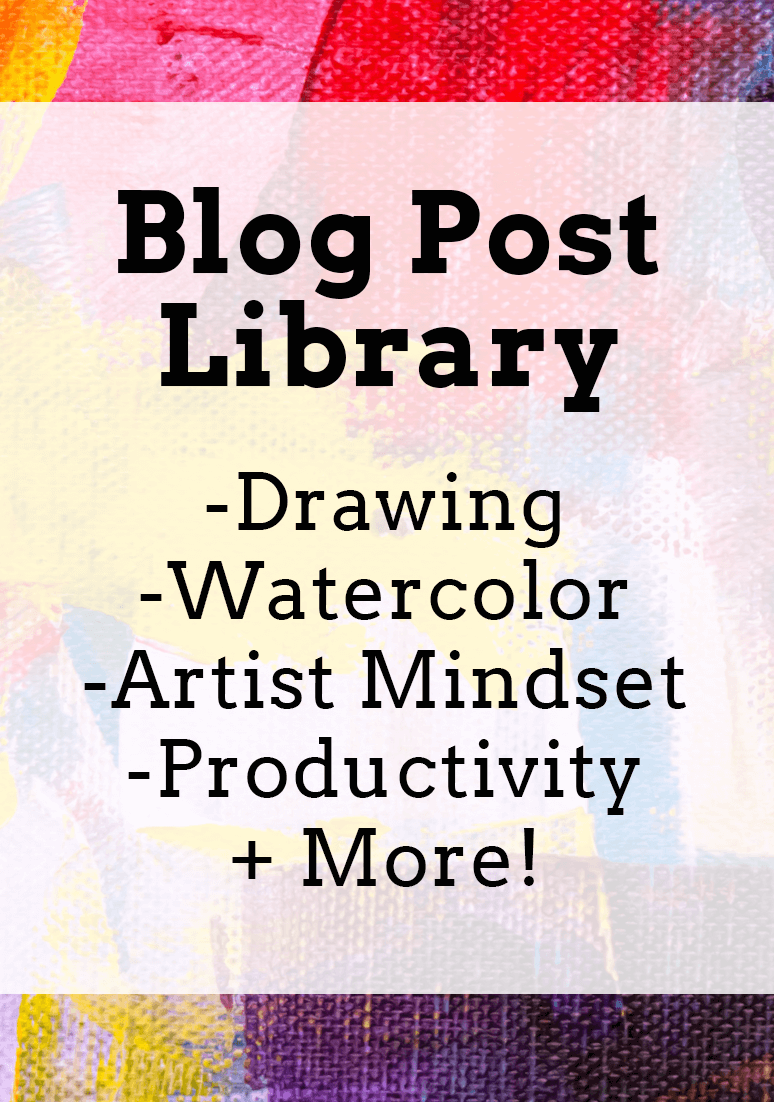
www.erikalancaster.com
is a participant in the Amazon Services LLC Associates Program, an affiliate advertising program designed to provide a means for sites
to earn advertising fees by advertising and linking to amazon.com.
www.erikalancaster.com
is a participant in the Shareasale.com Affiliate Program, an affiliate advertising program designed to provide a means for sites to earn advertising fees by advertising and linking to Shareasale.com partner companies.
is a participant in the Amazon Services LLC Associates Program, an affiliate advertising program designed to provide a means for sites
to earn advertising fees by advertising and linking to amazon.com.
www.erikalancaster.com
is a participant in the Shareasale.com Affiliate Program, an affiliate advertising program designed to provide a means for sites to earn advertising fees by advertising and linking to Shareasale.com partner companies.

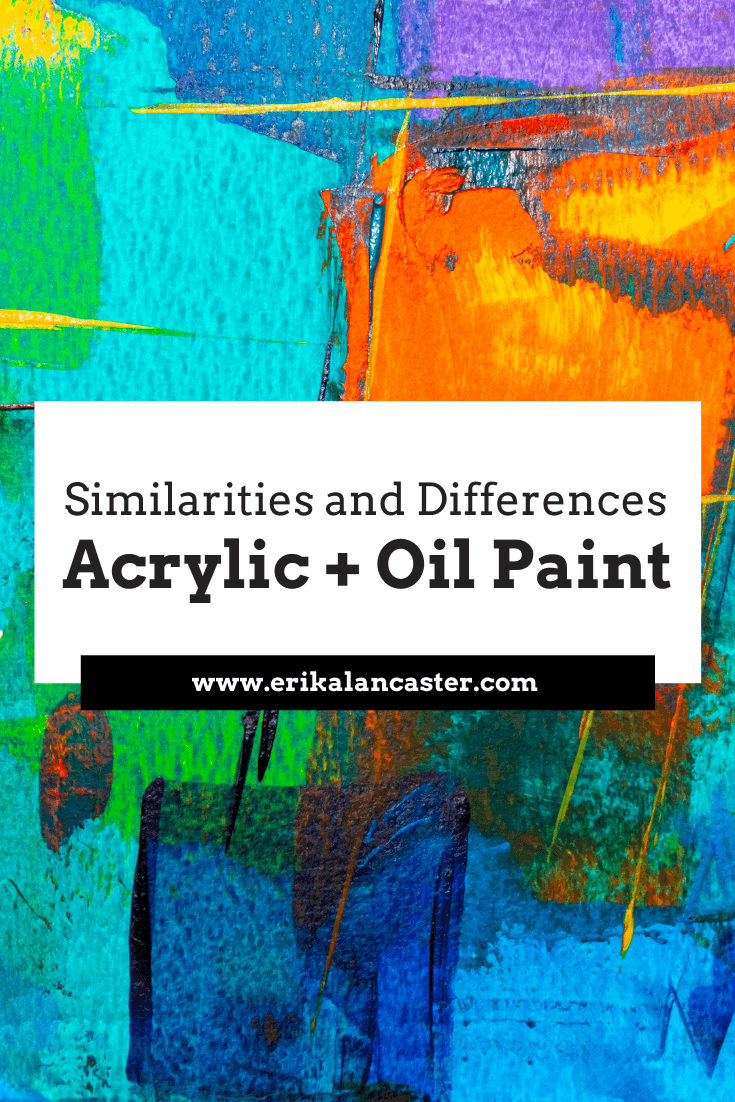
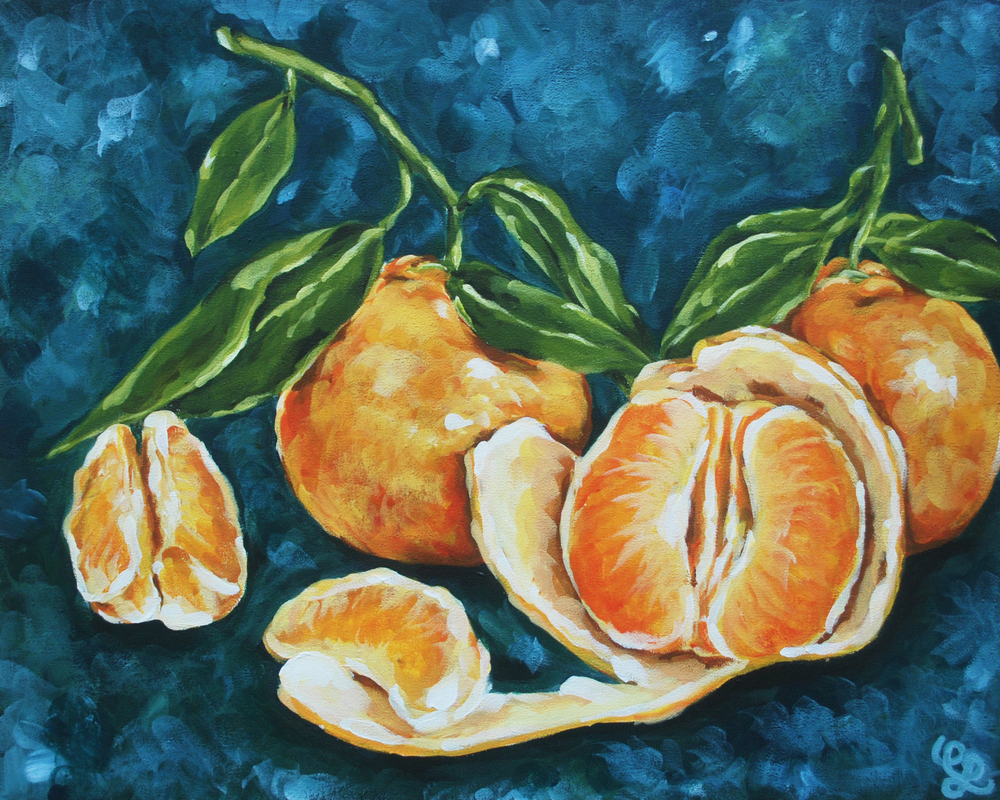
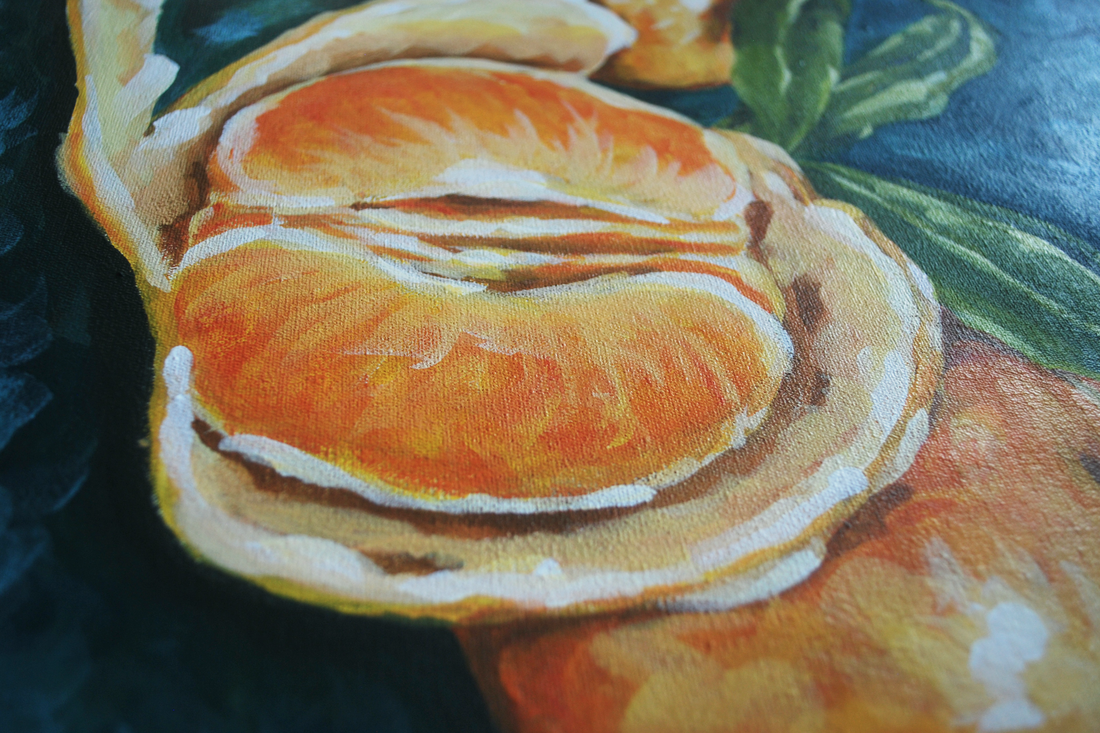
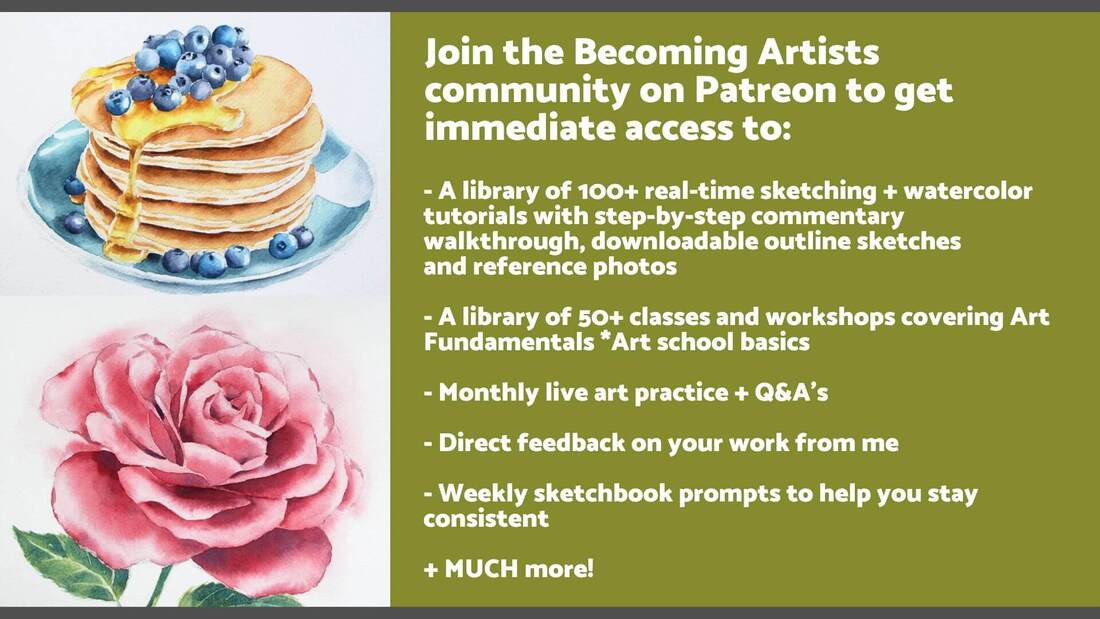
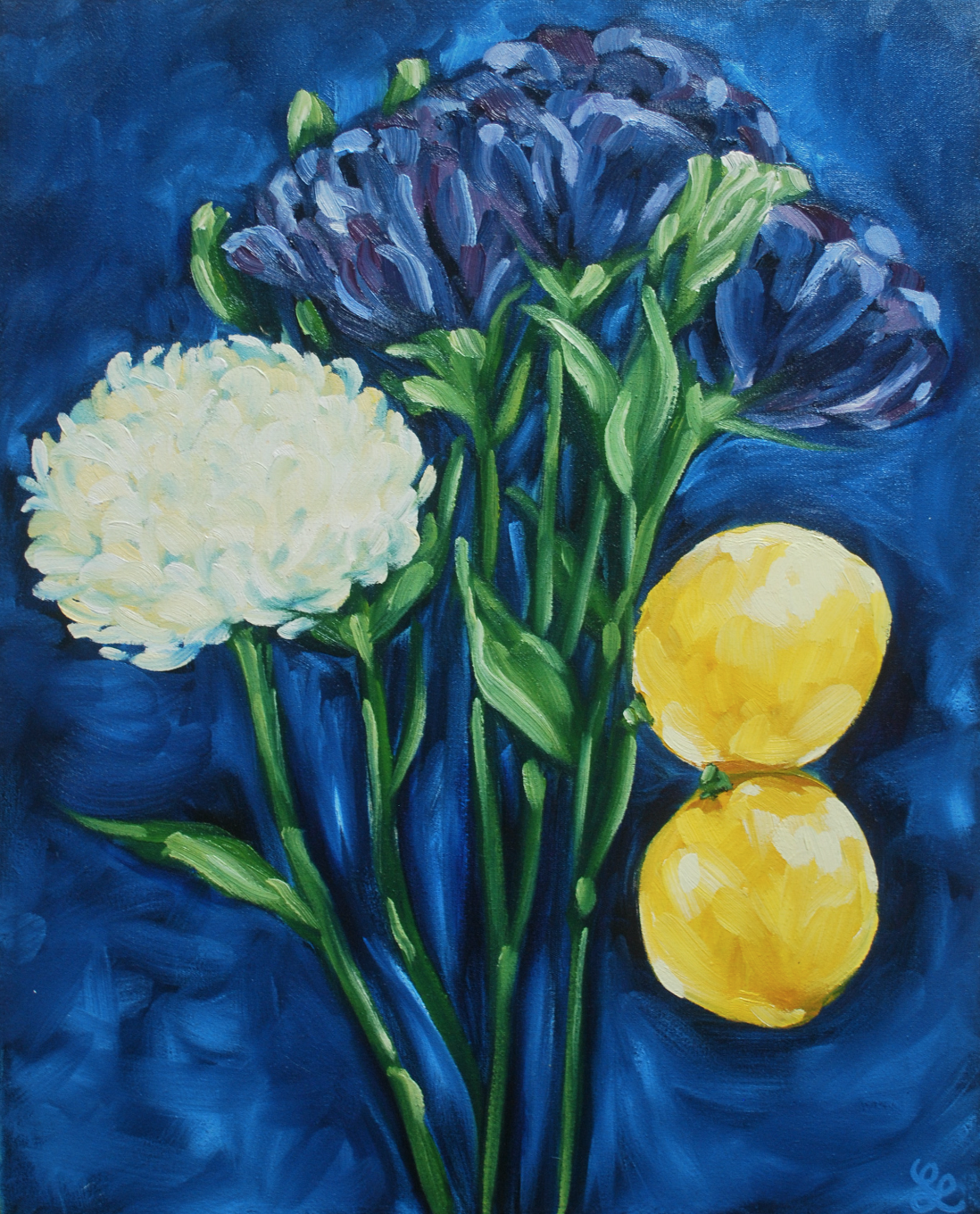
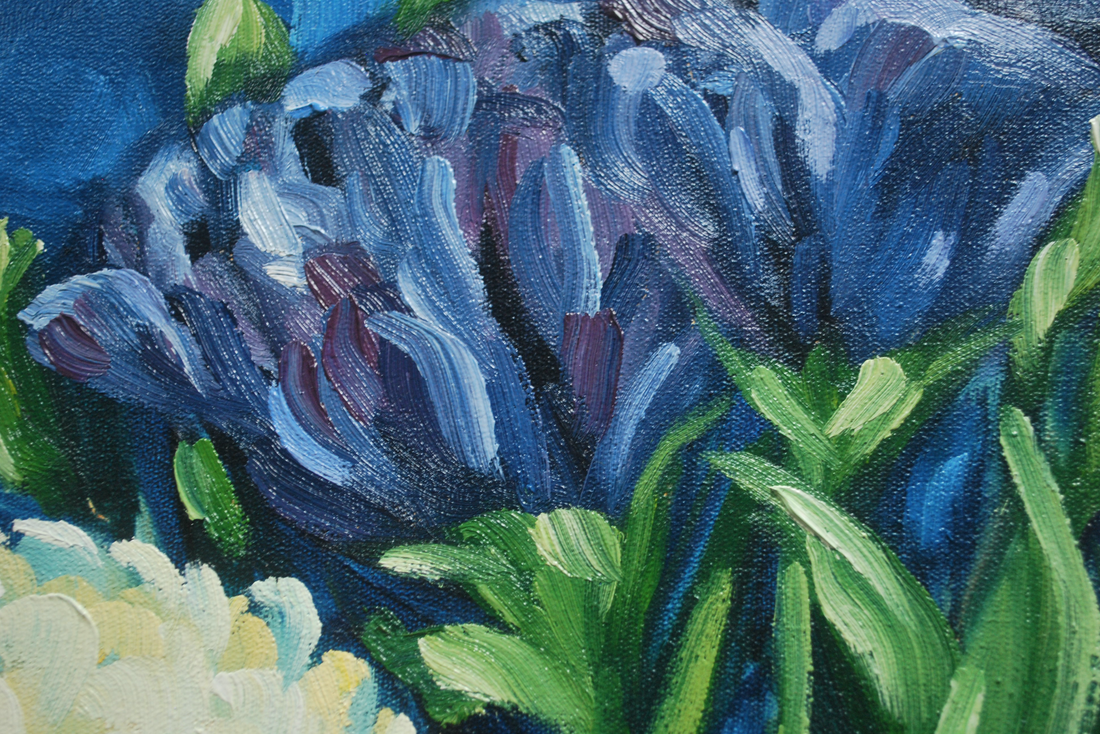

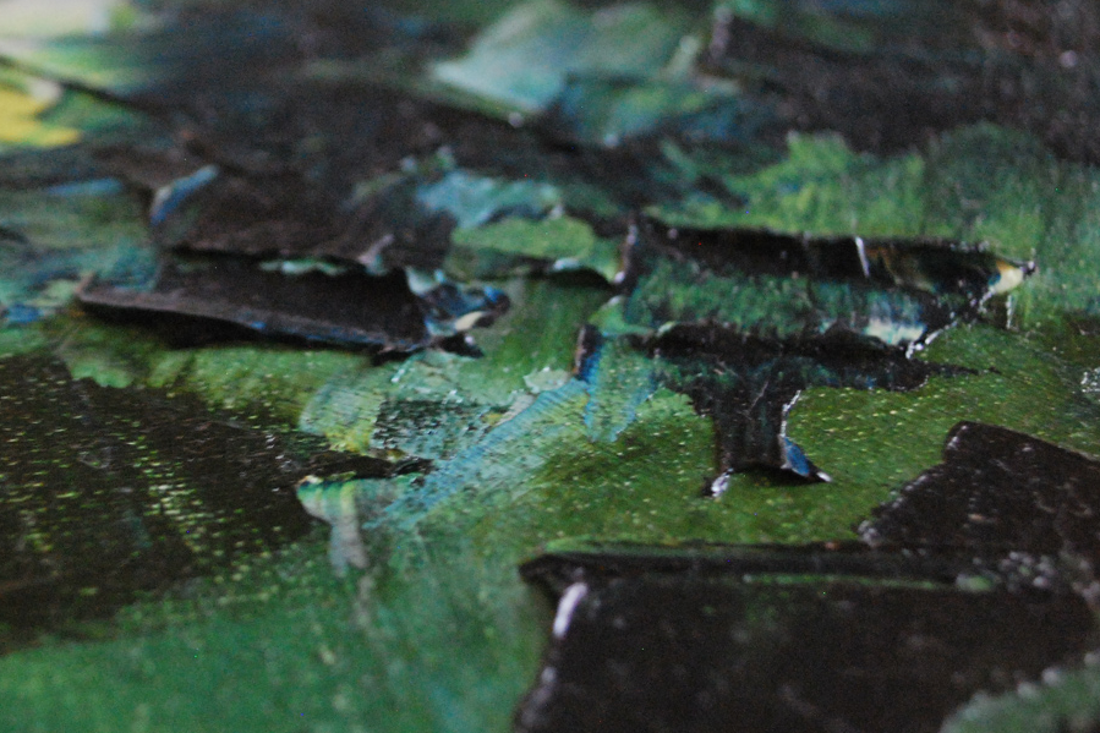
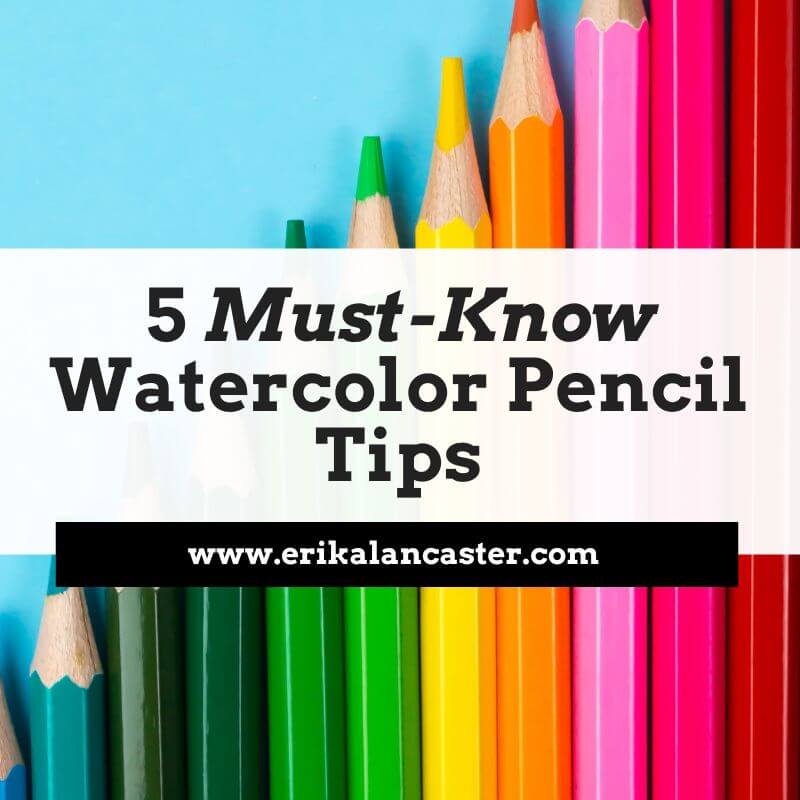
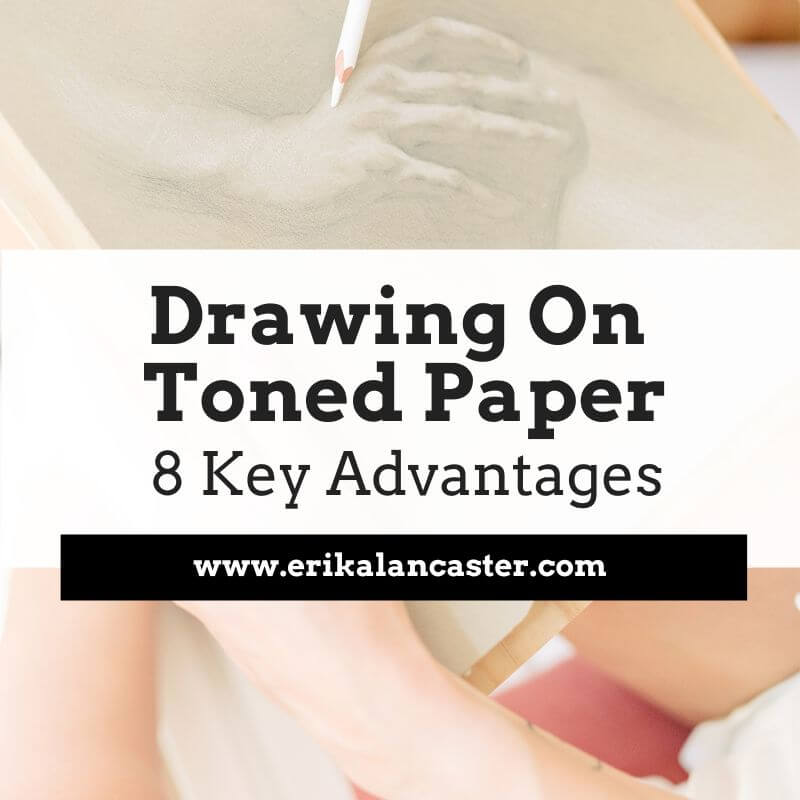

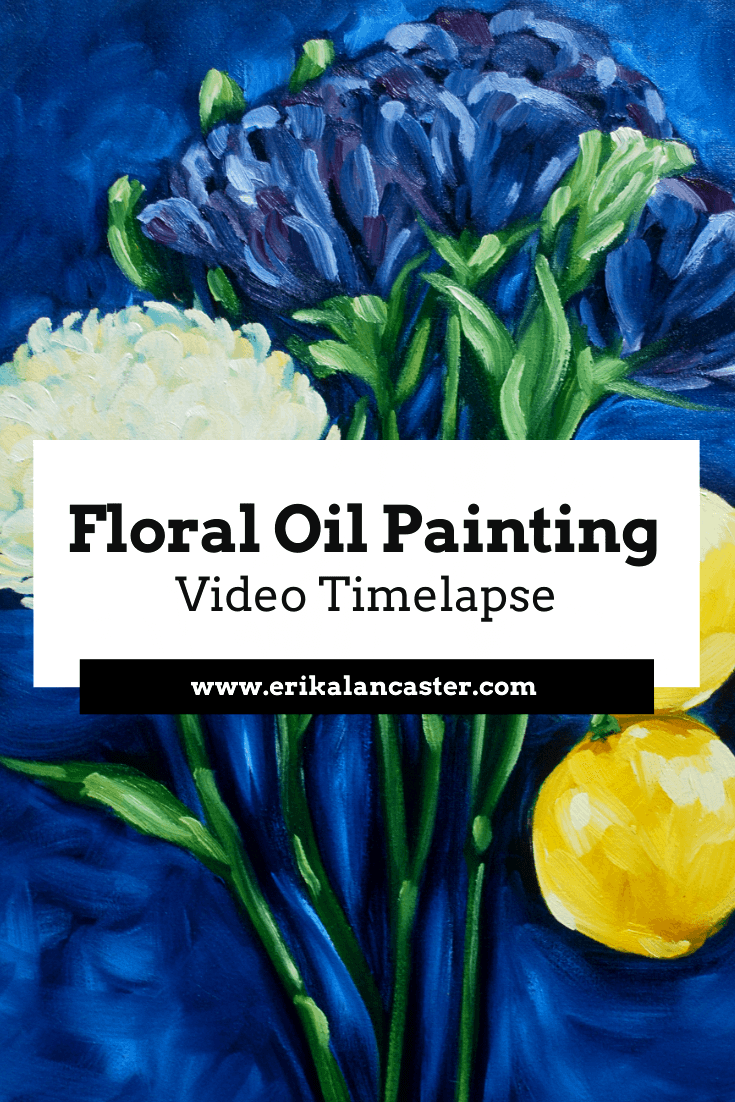
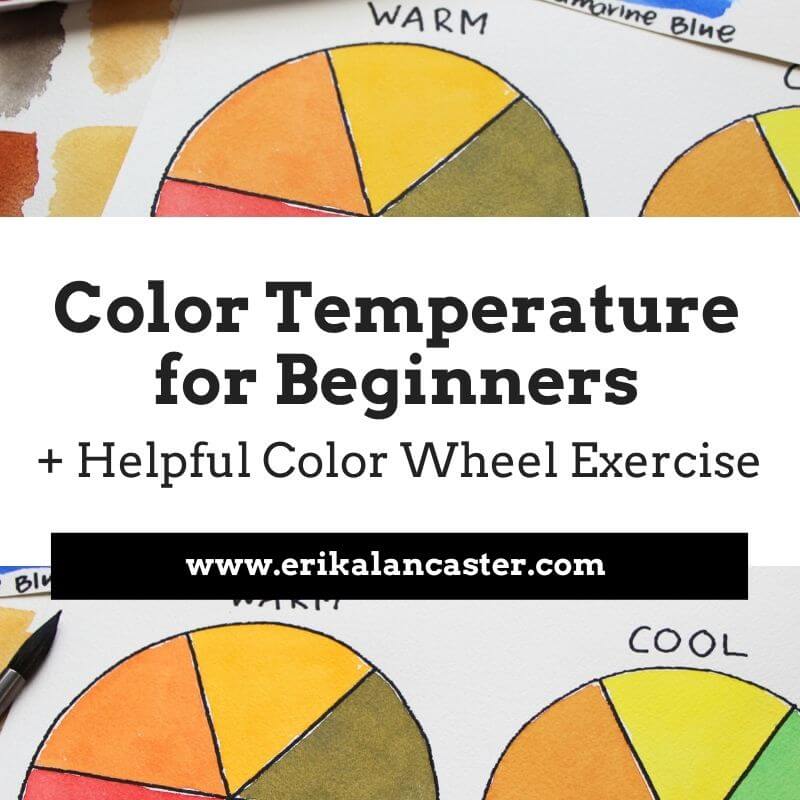

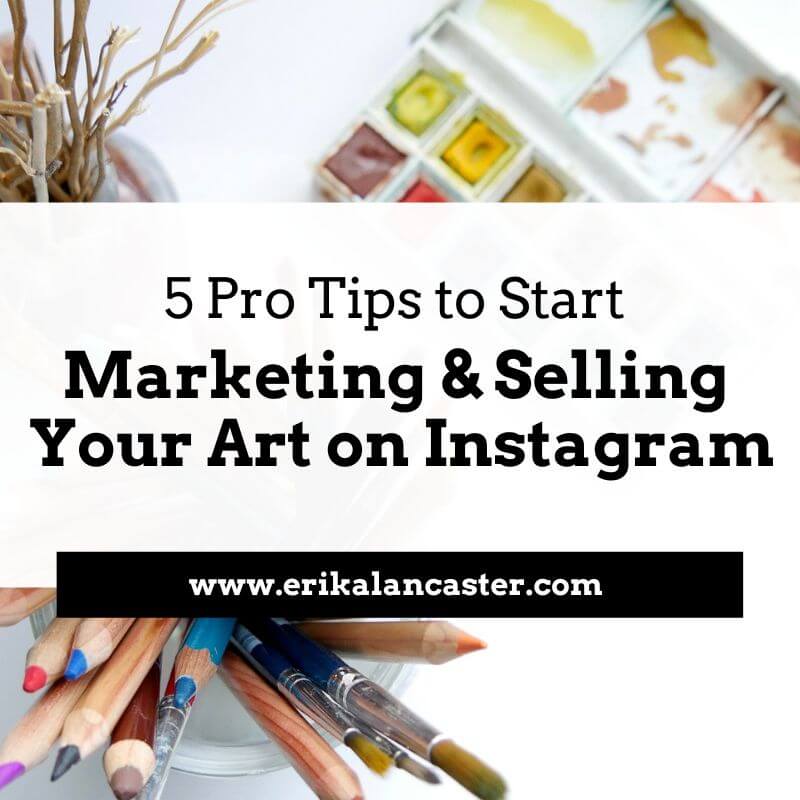
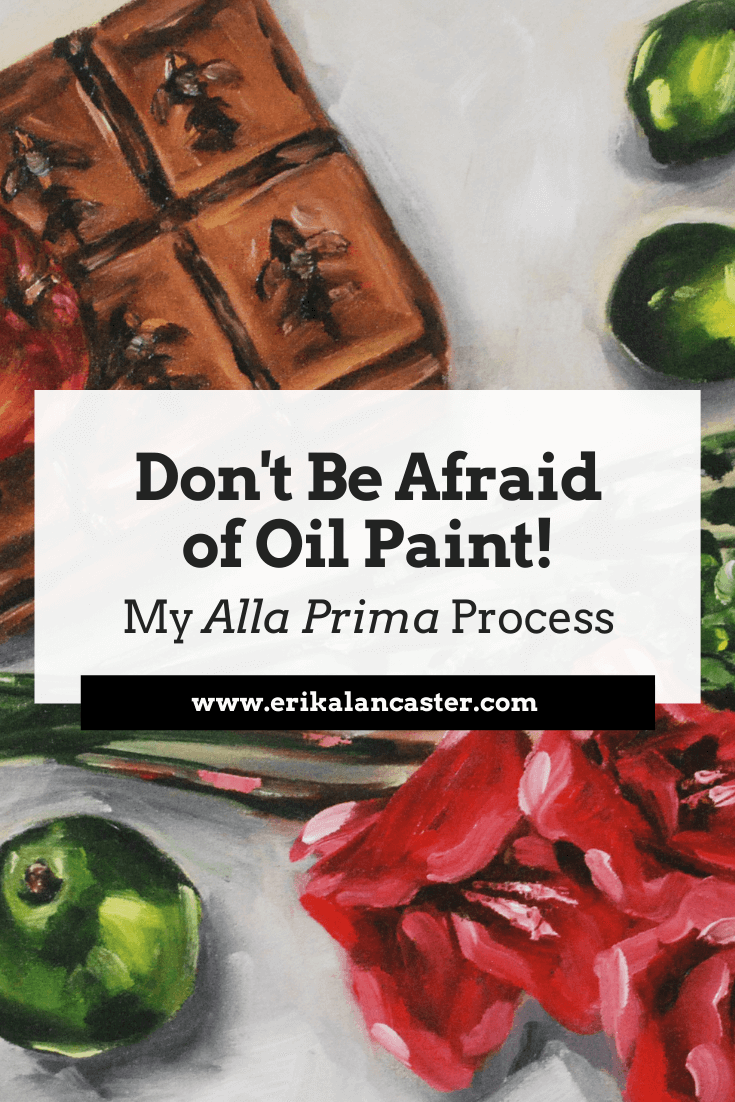
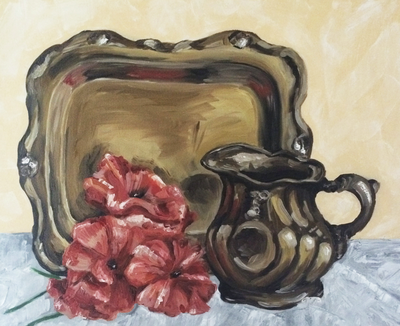
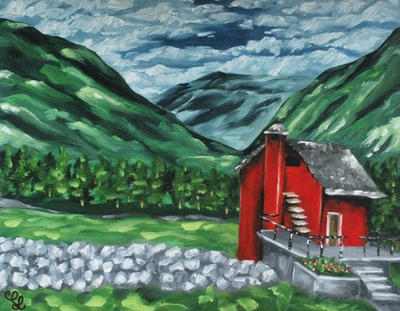
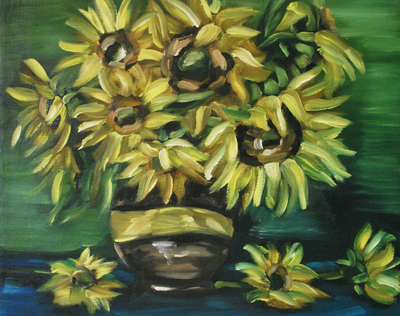
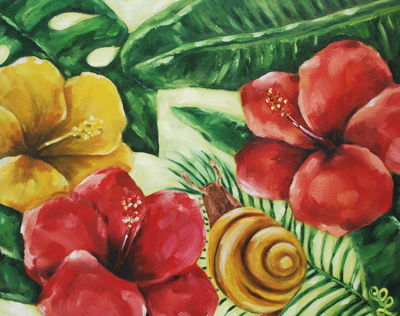
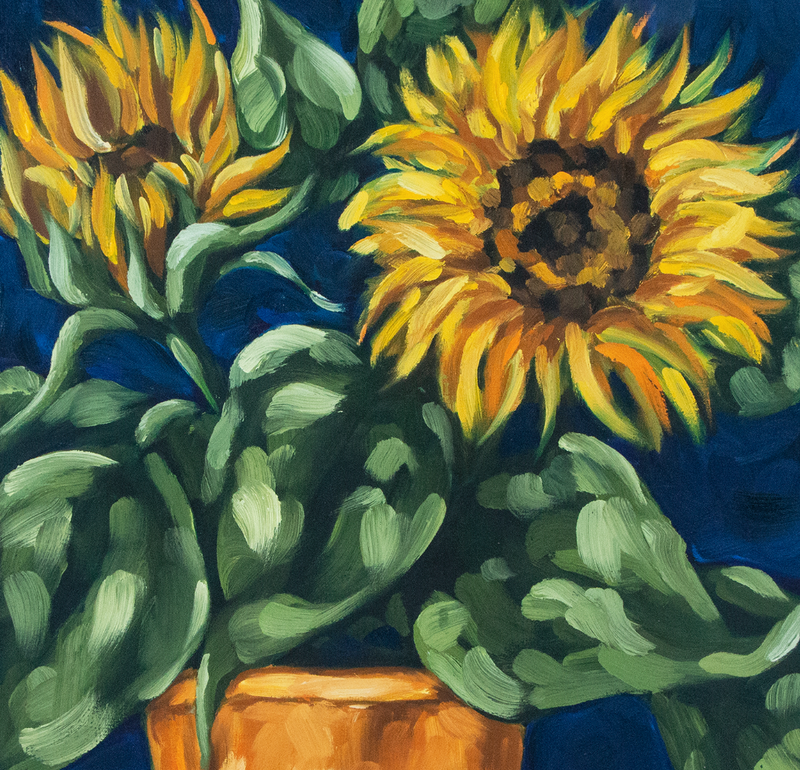
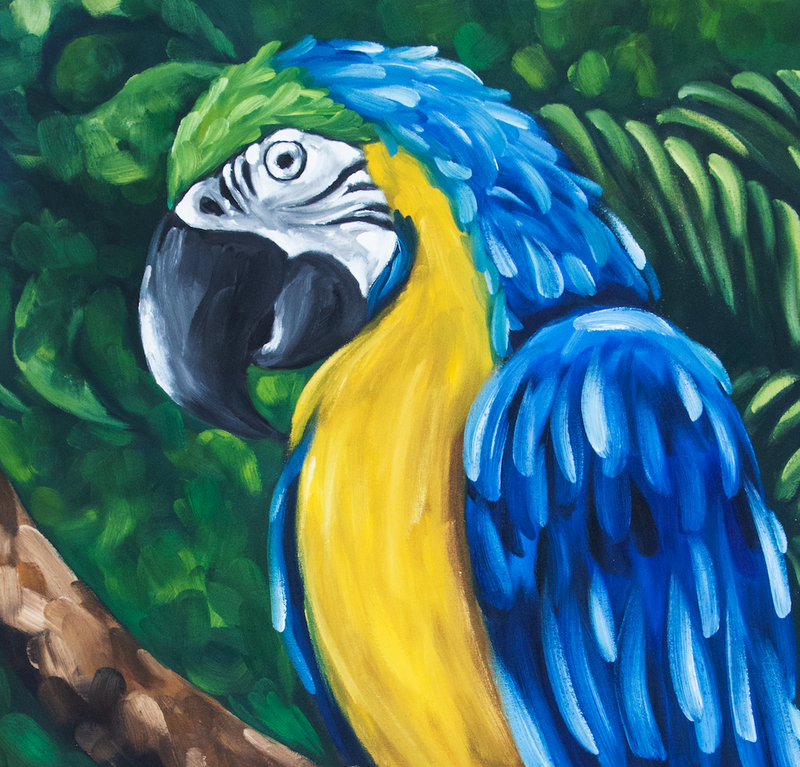

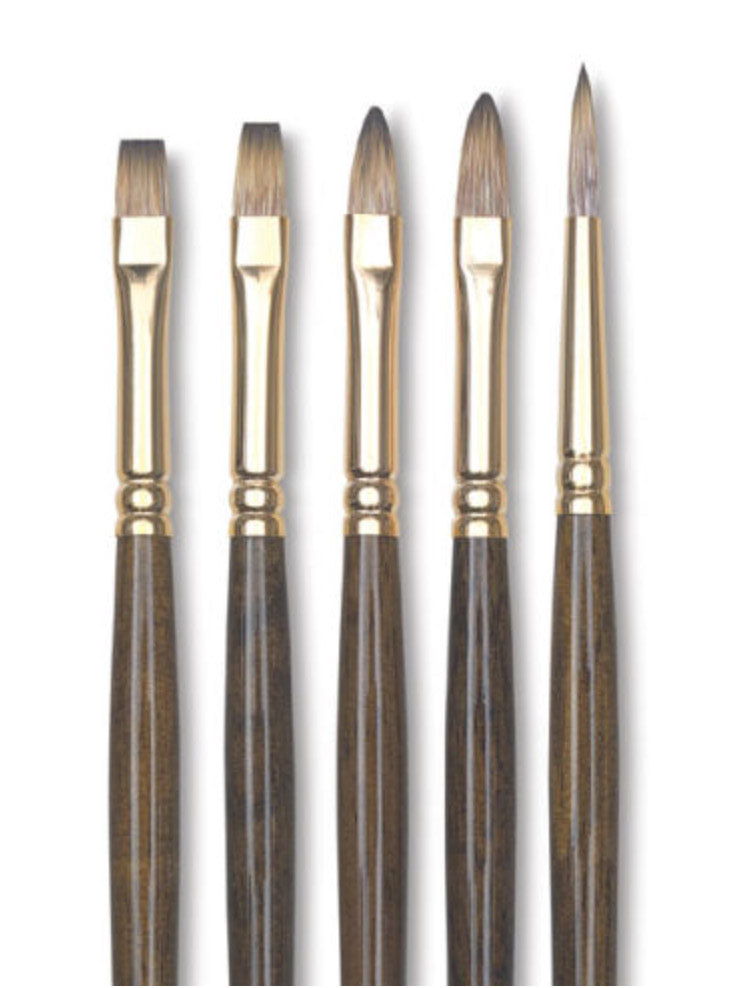

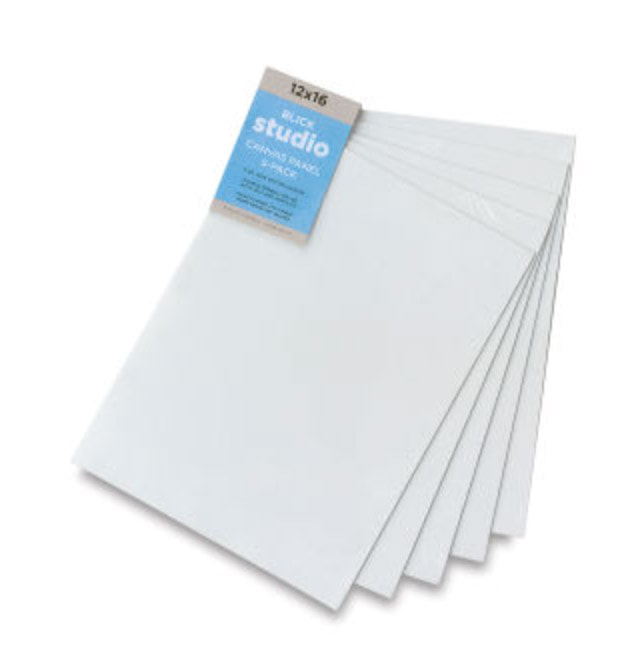
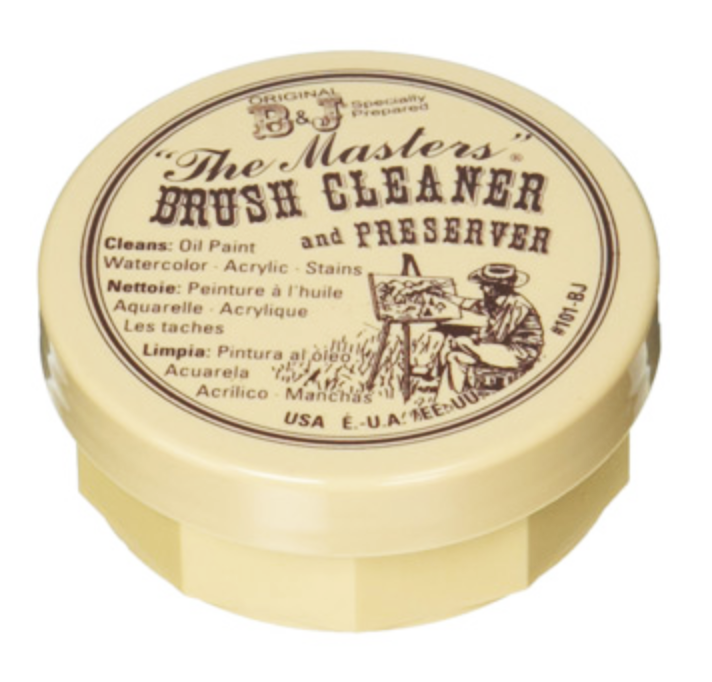

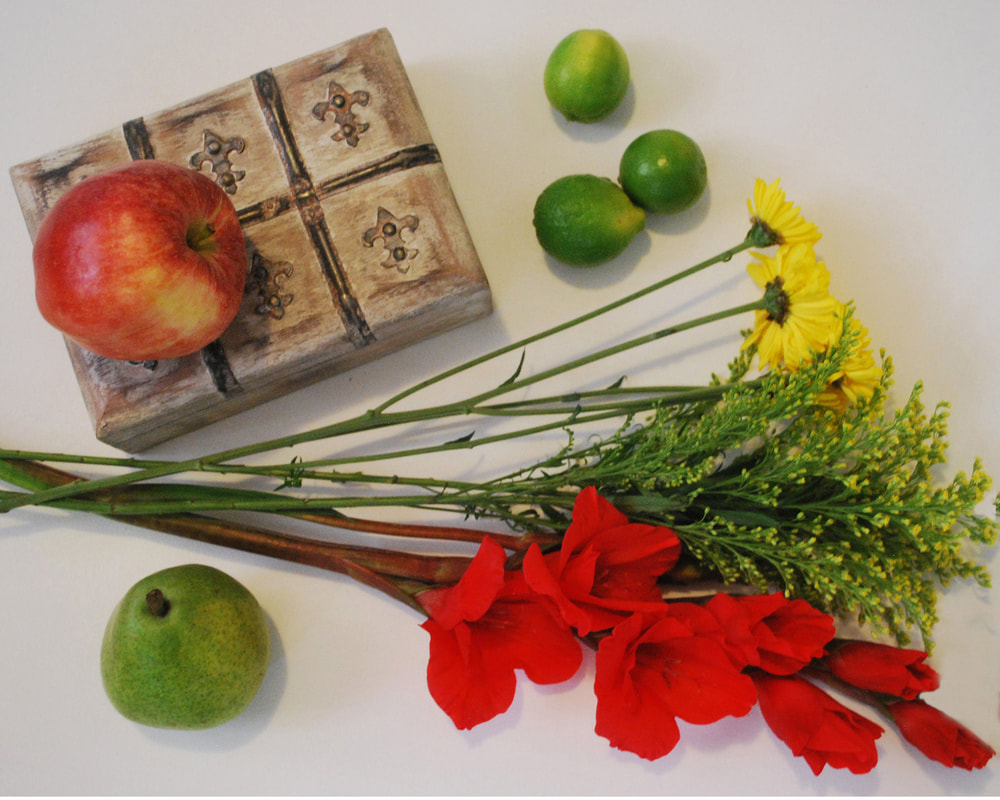
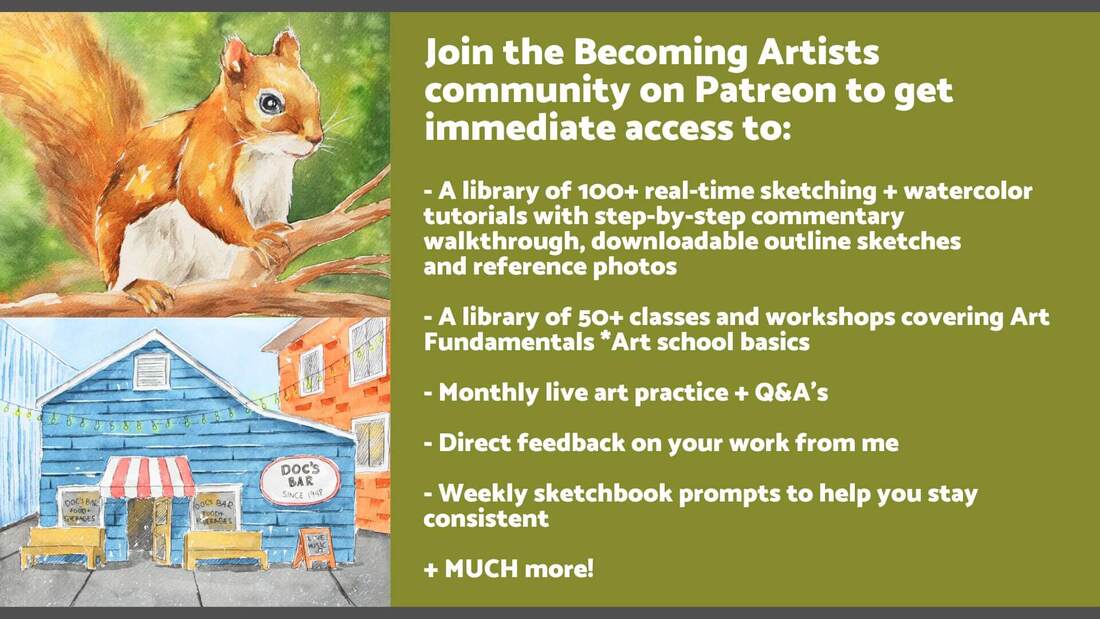
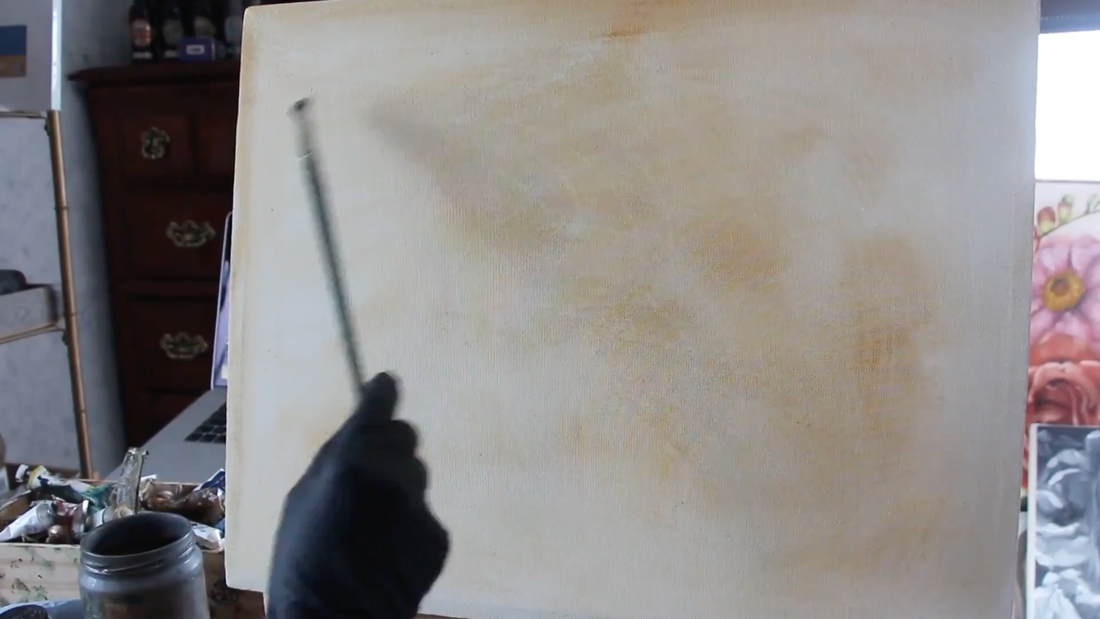

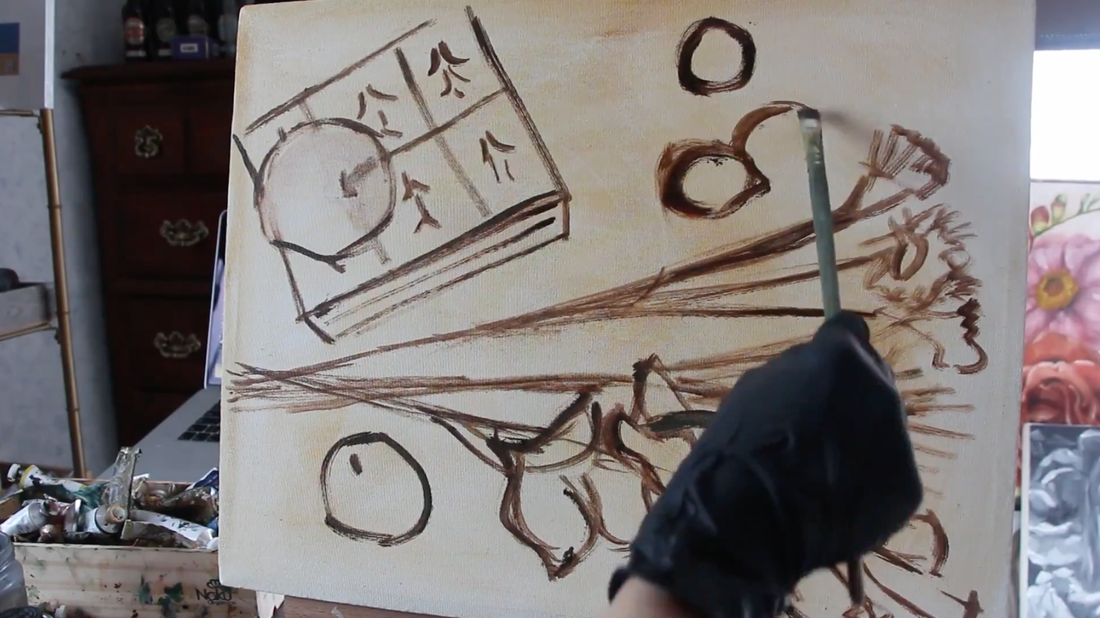
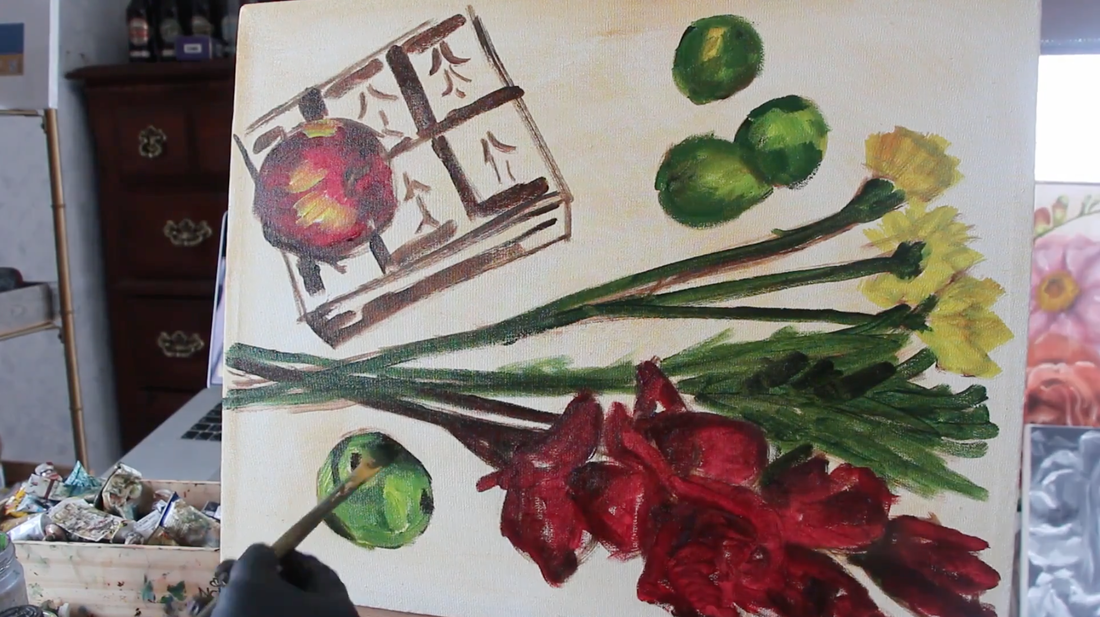

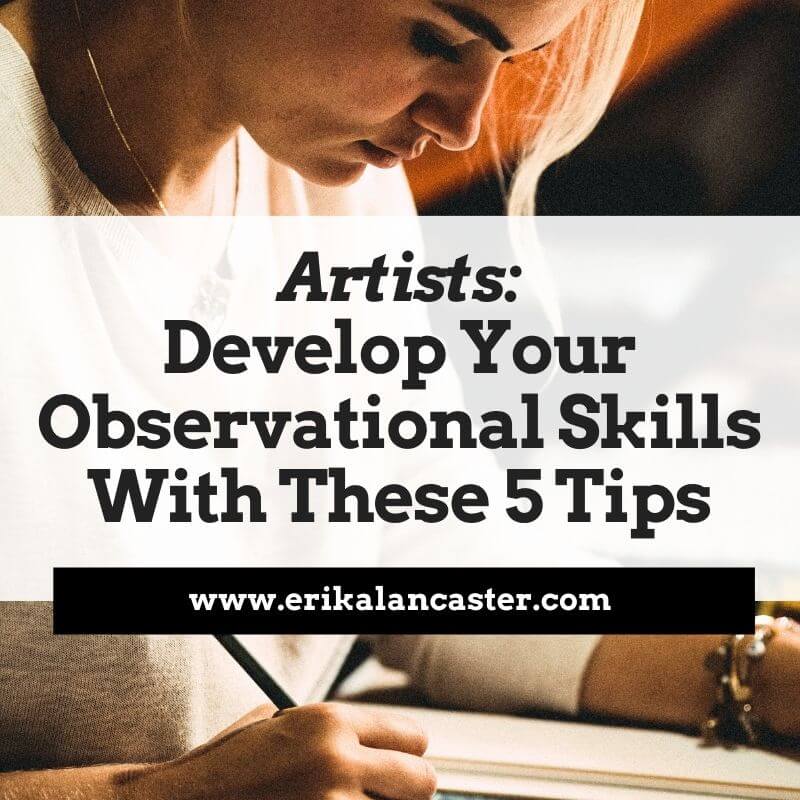
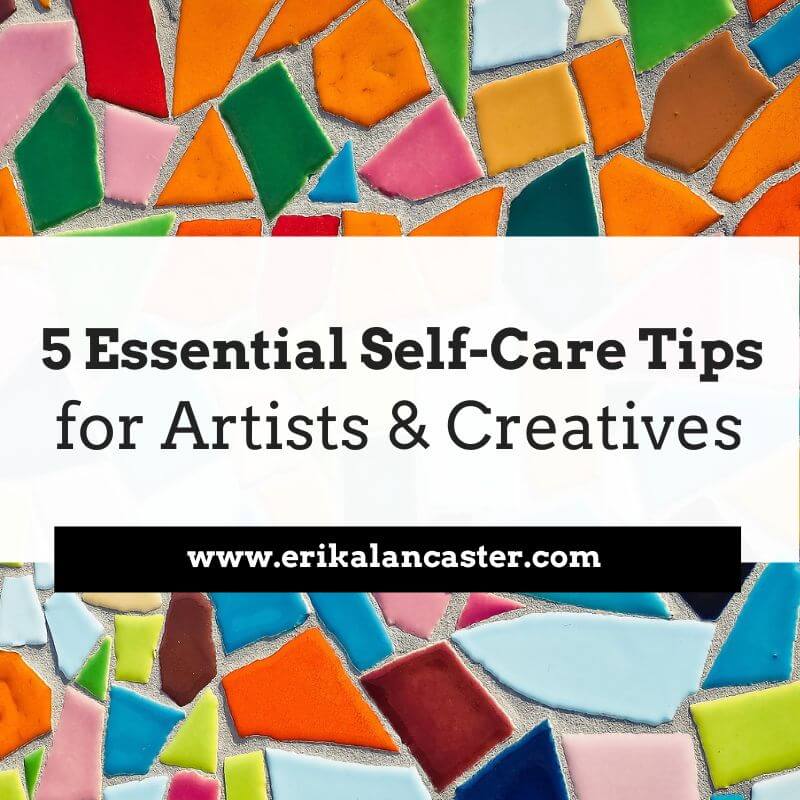
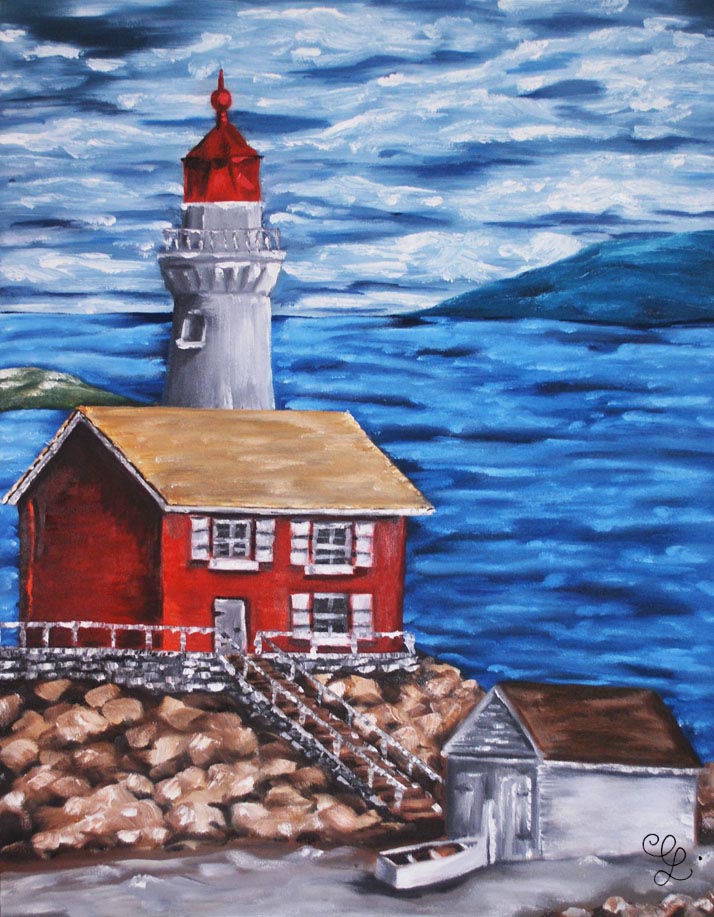
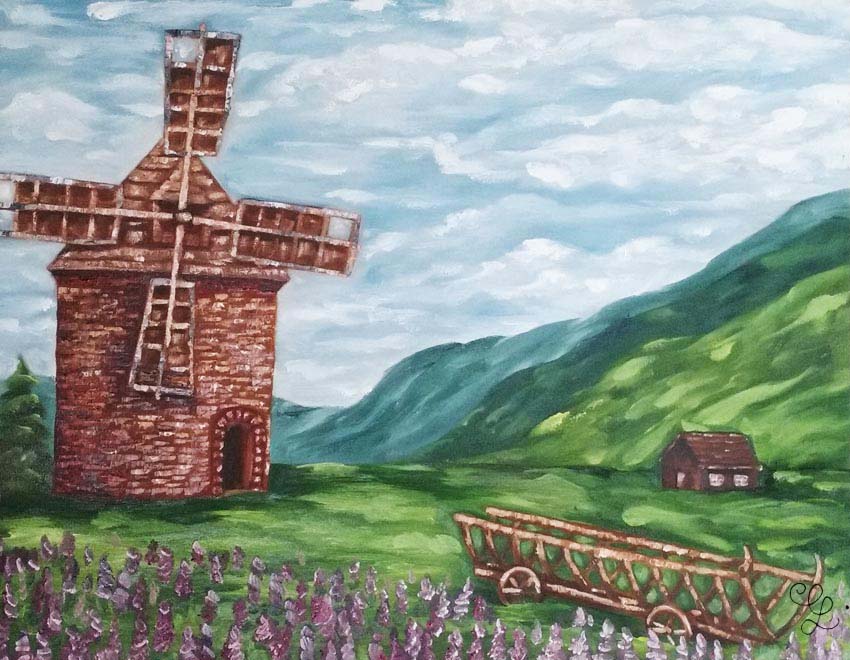
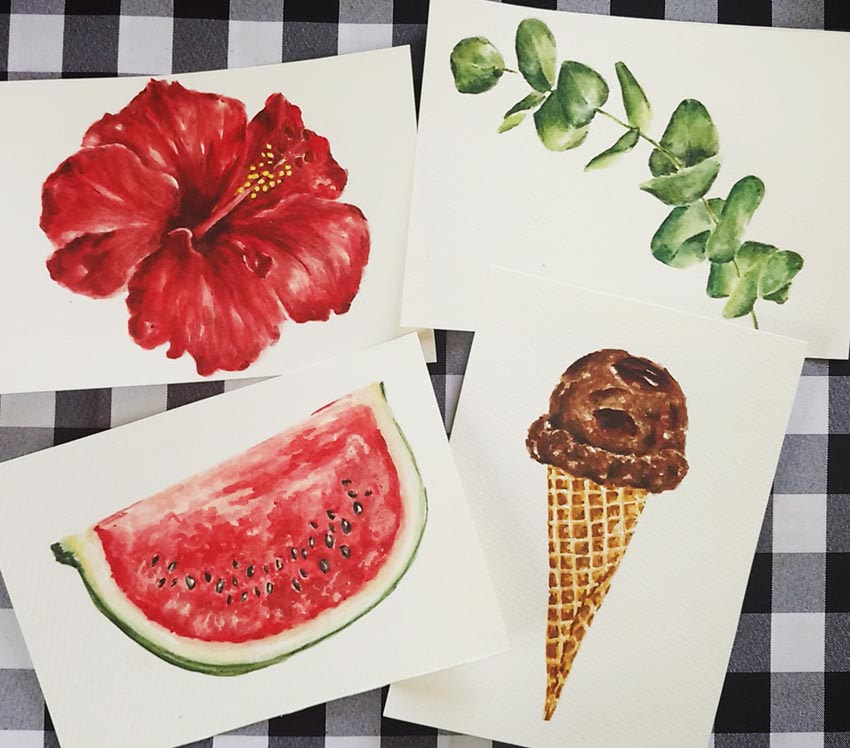
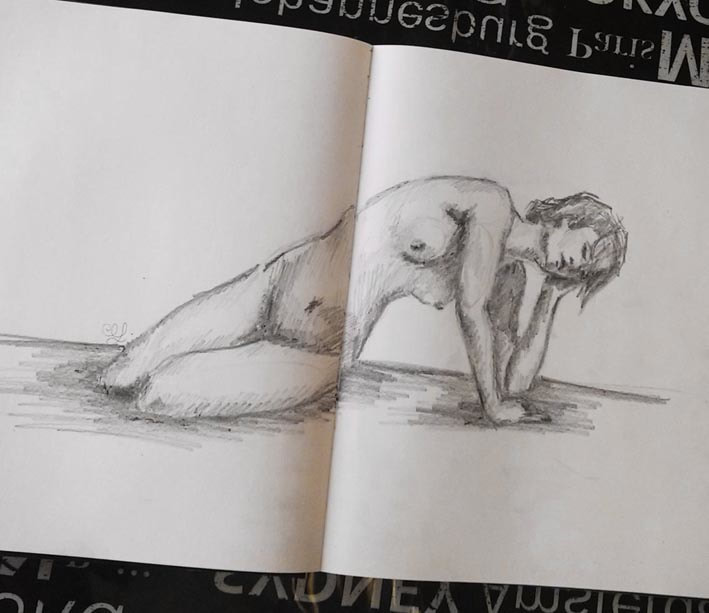
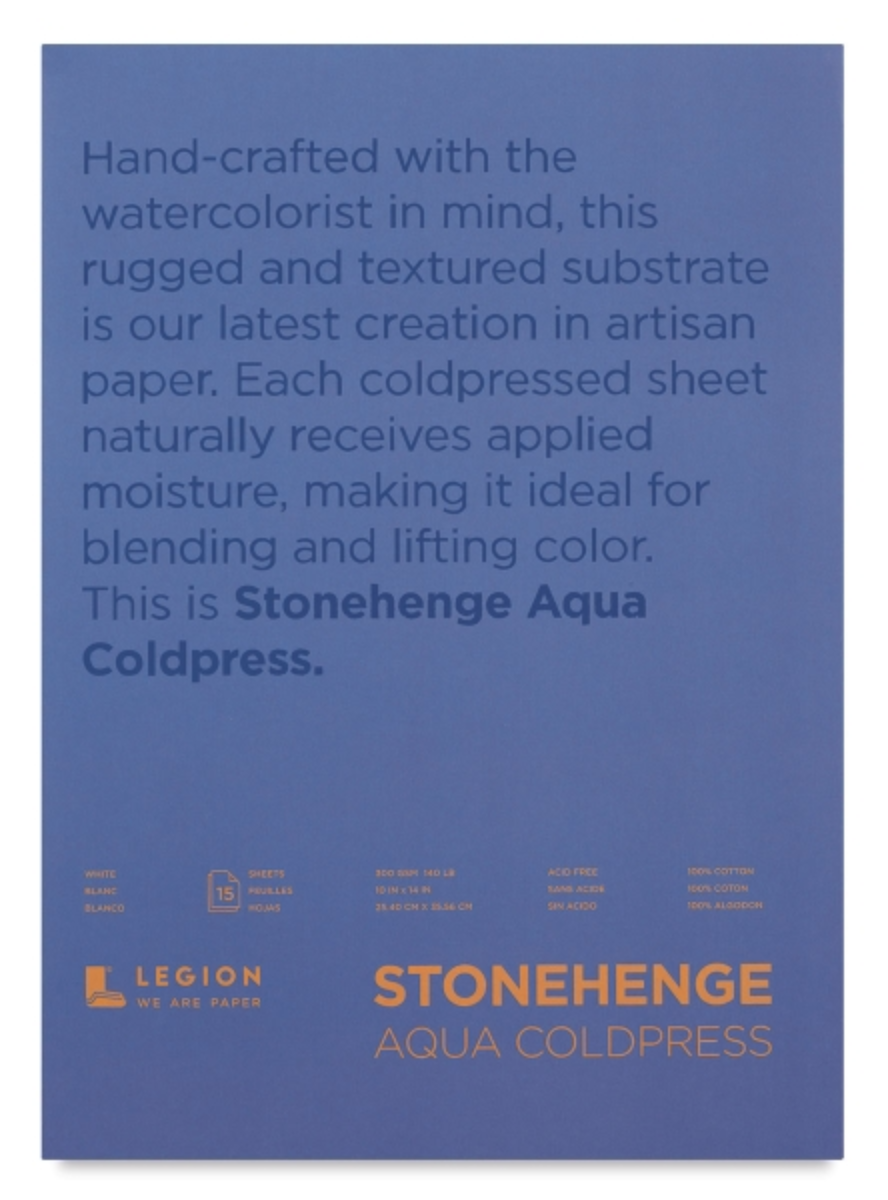
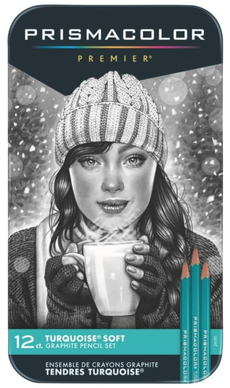
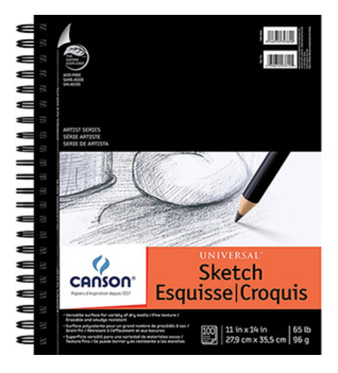
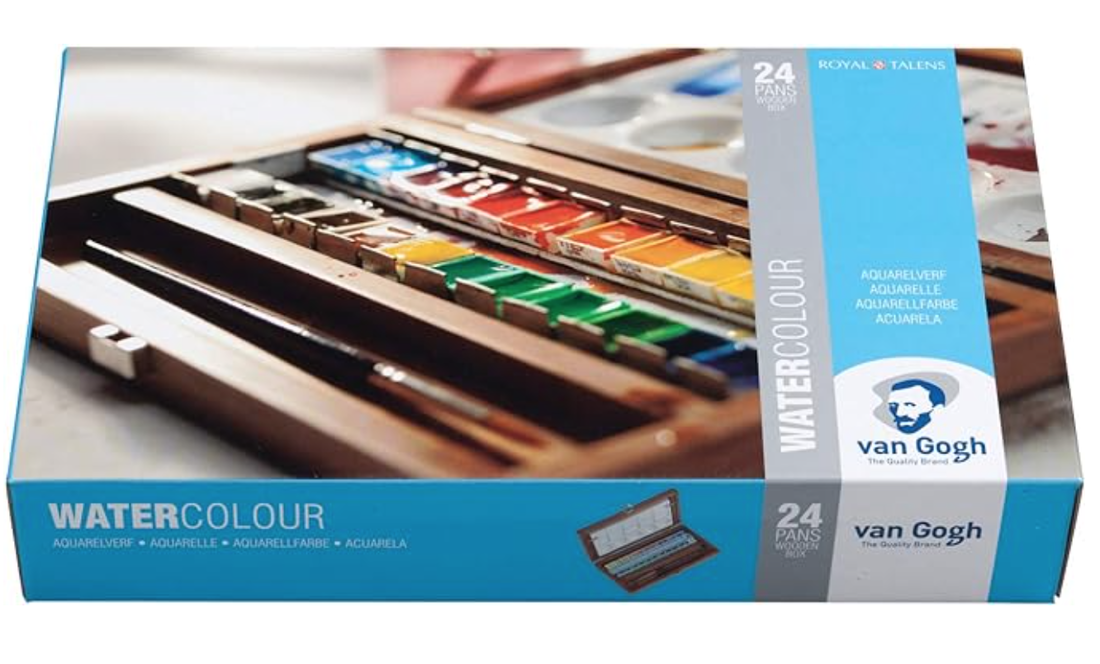
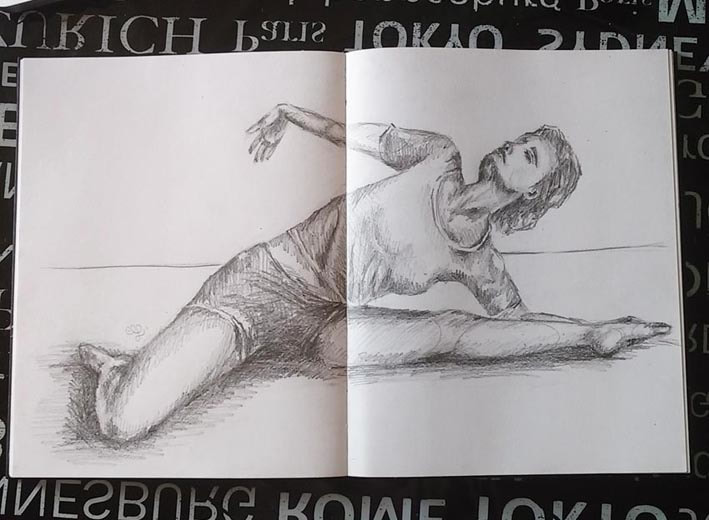

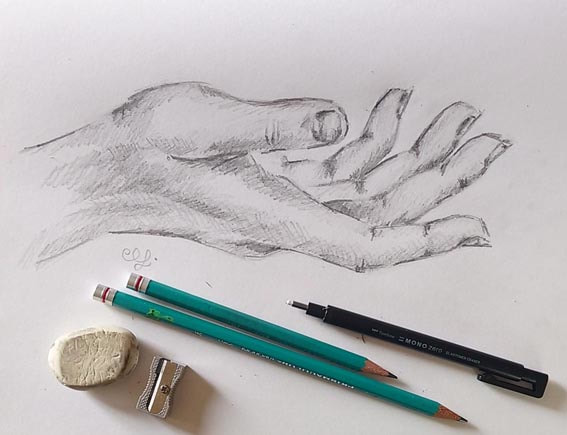

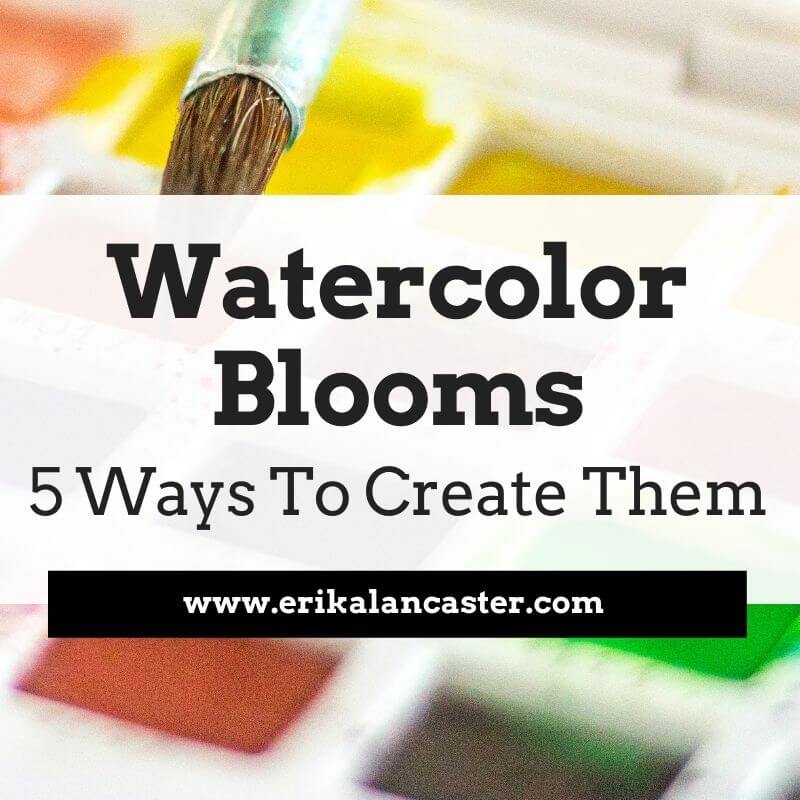
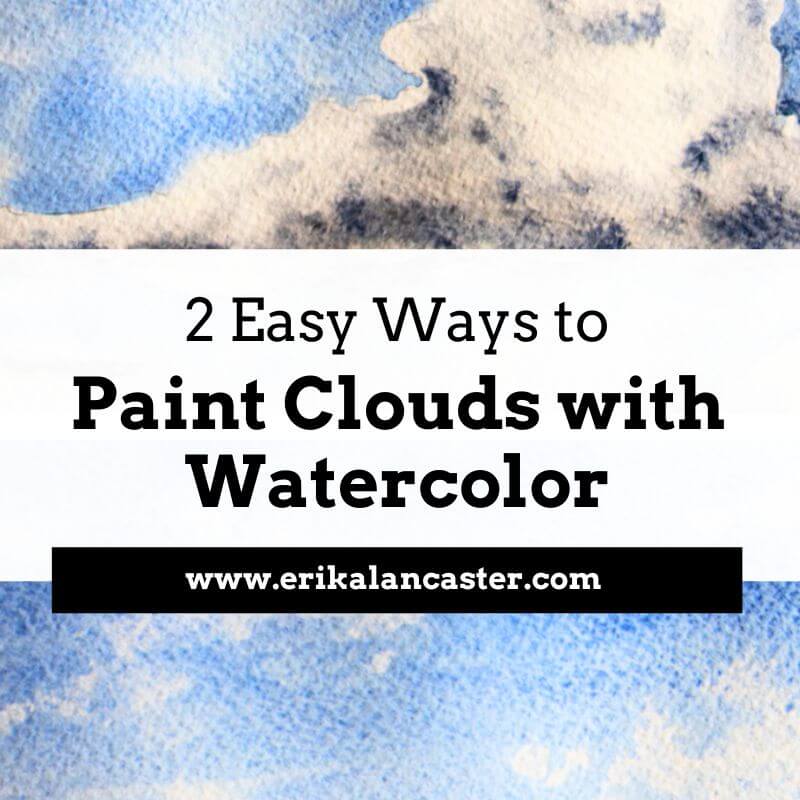
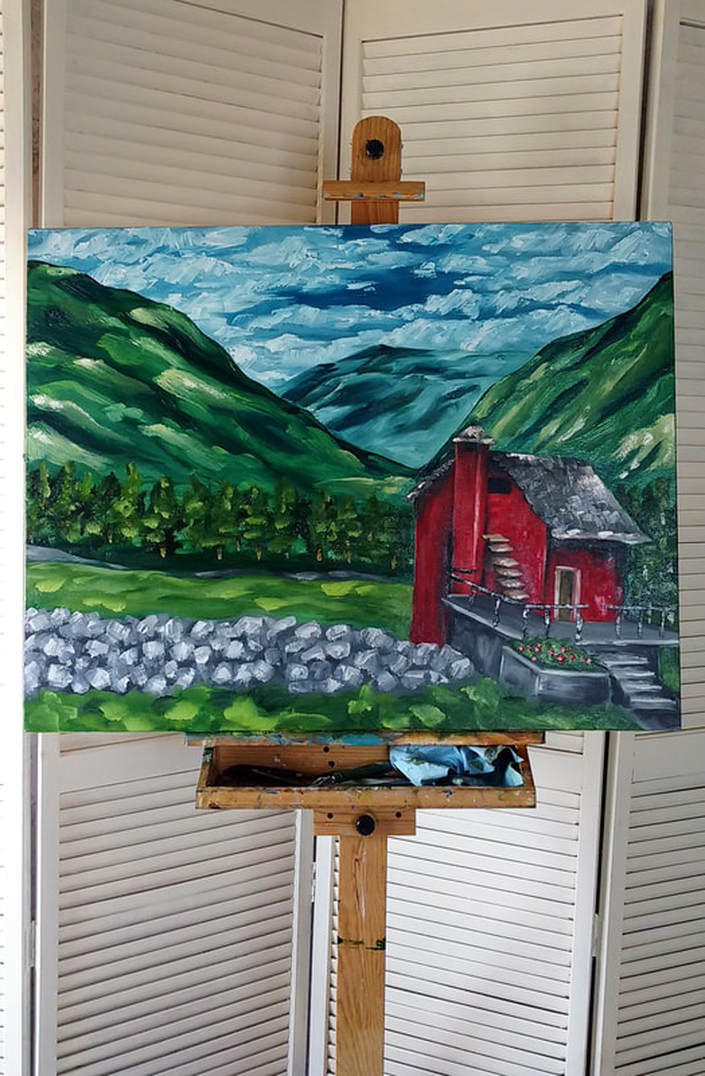

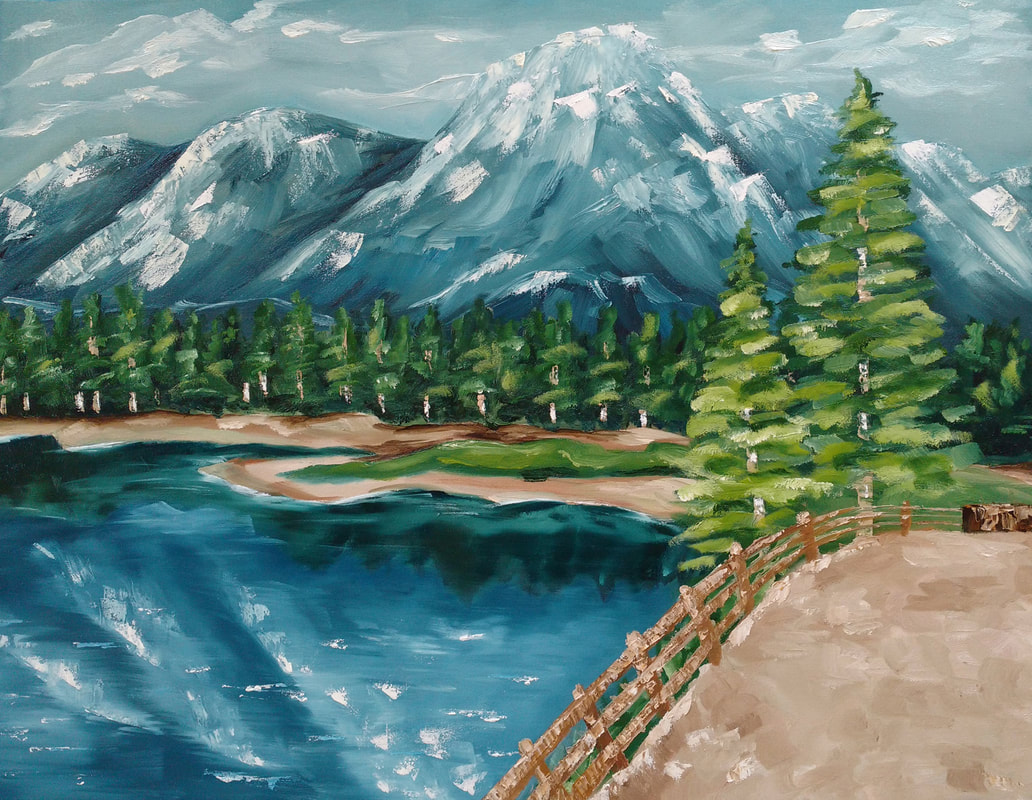
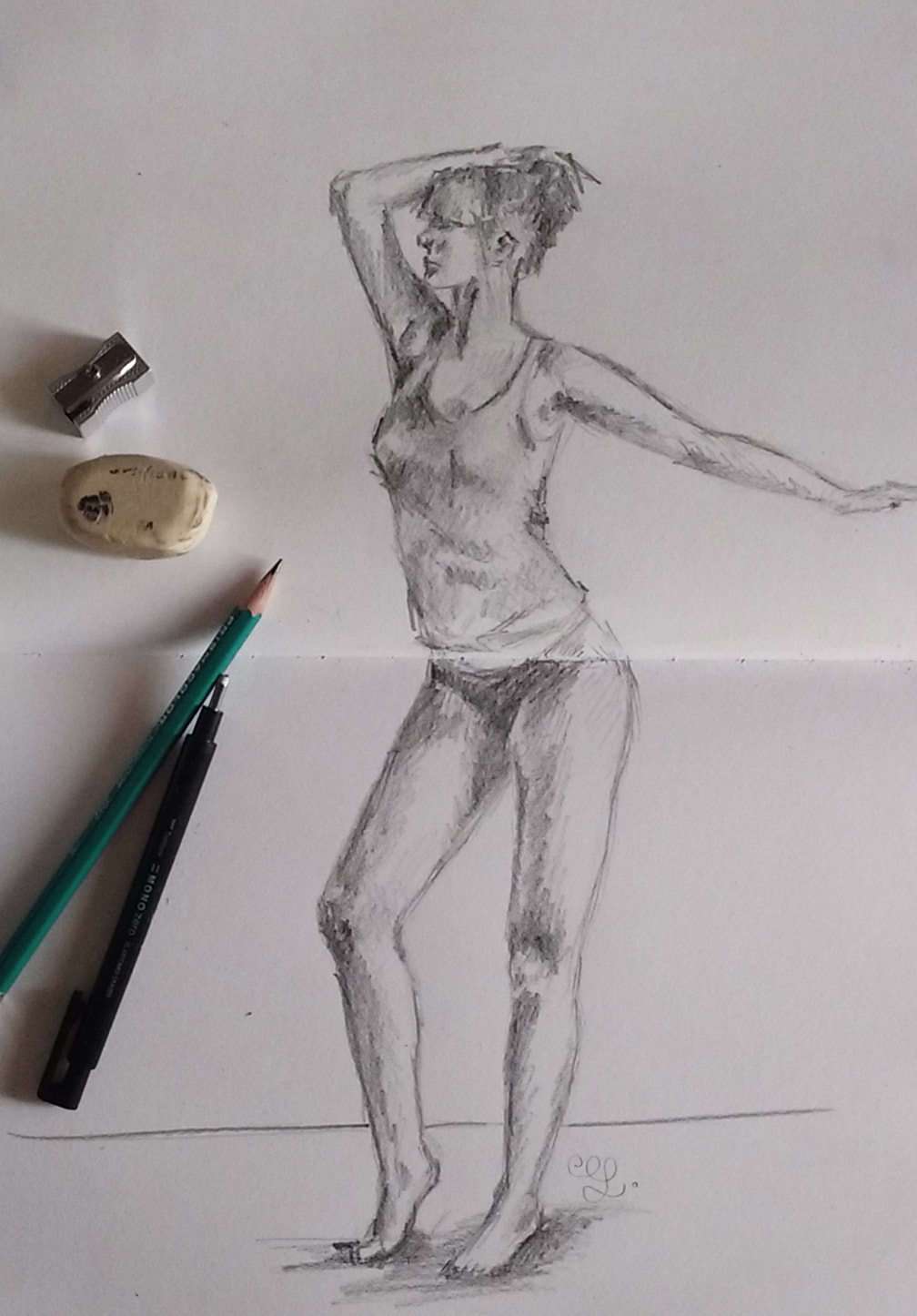
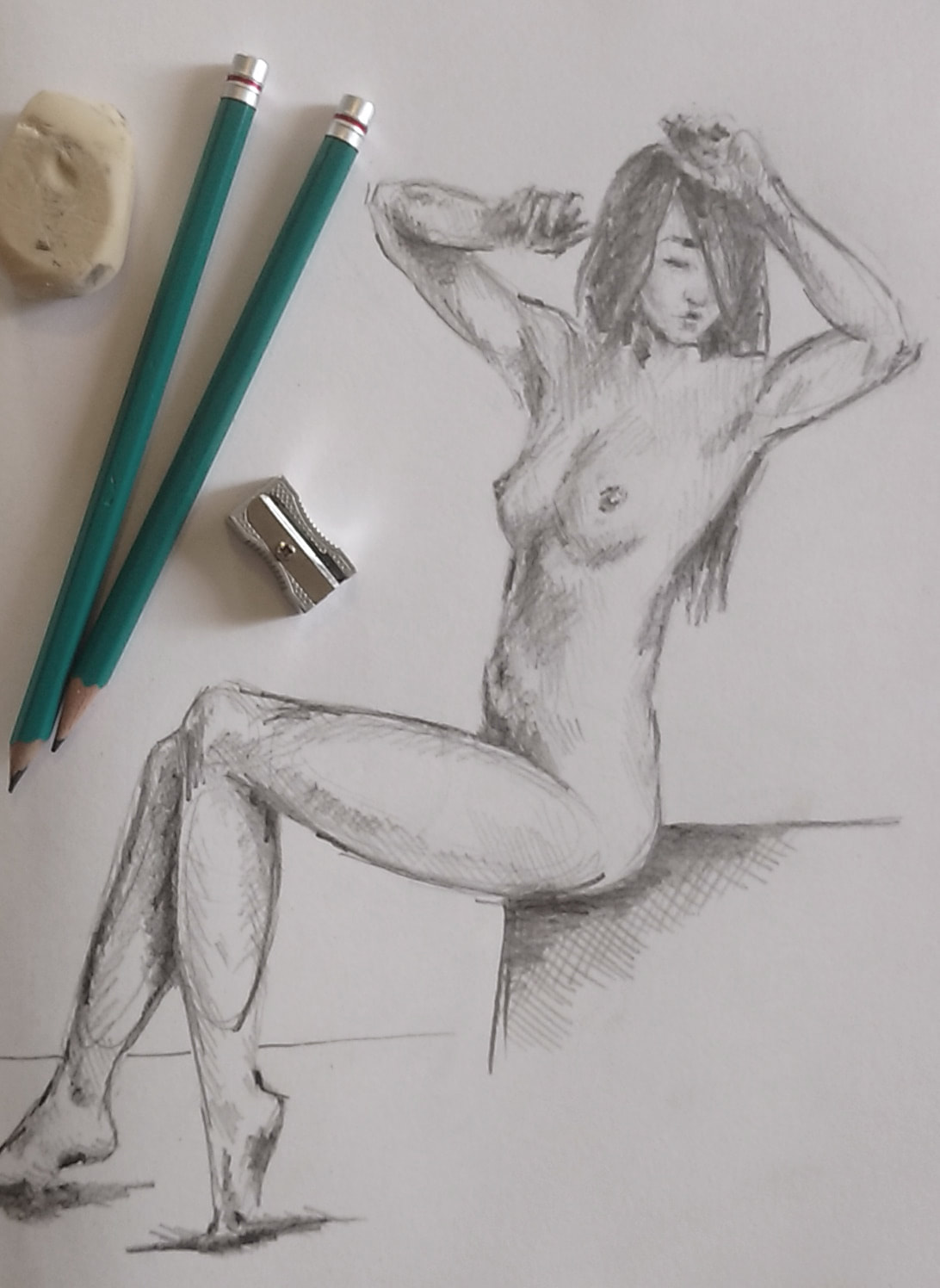
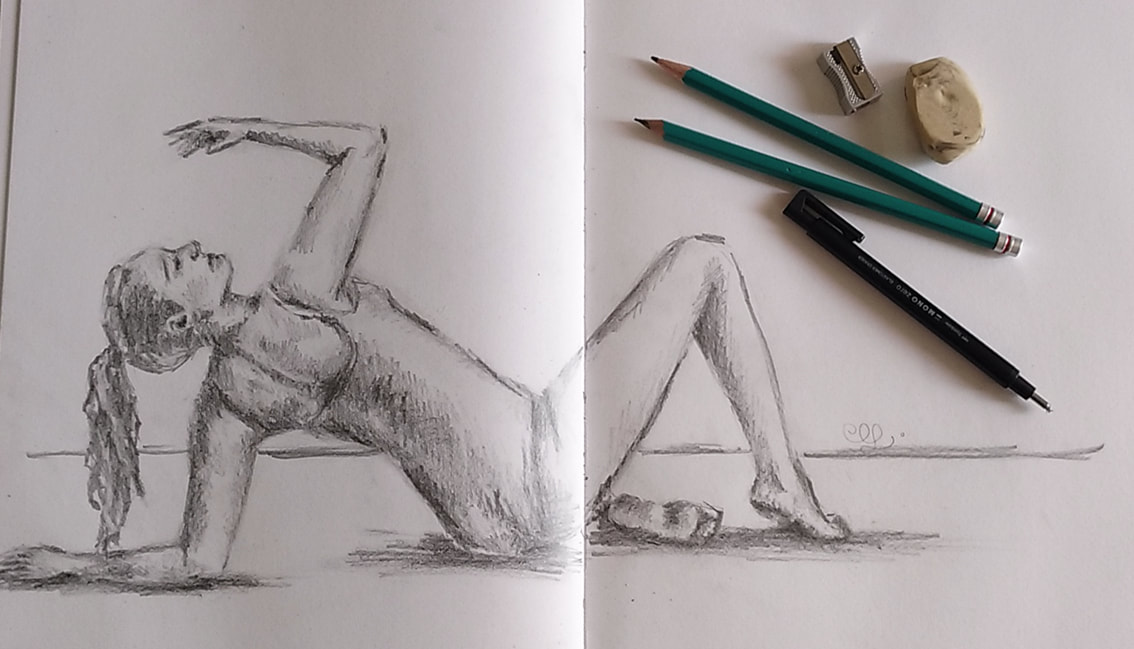
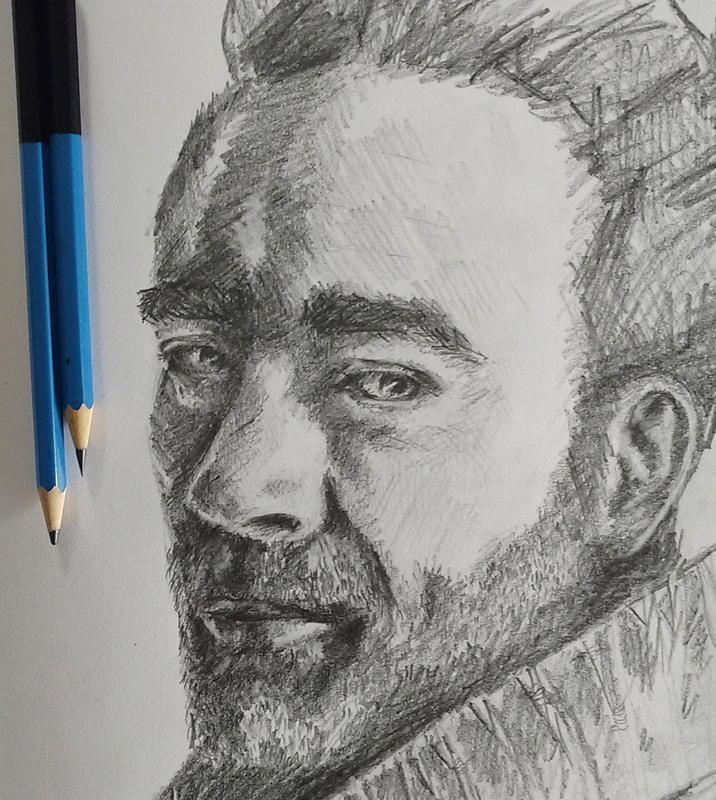
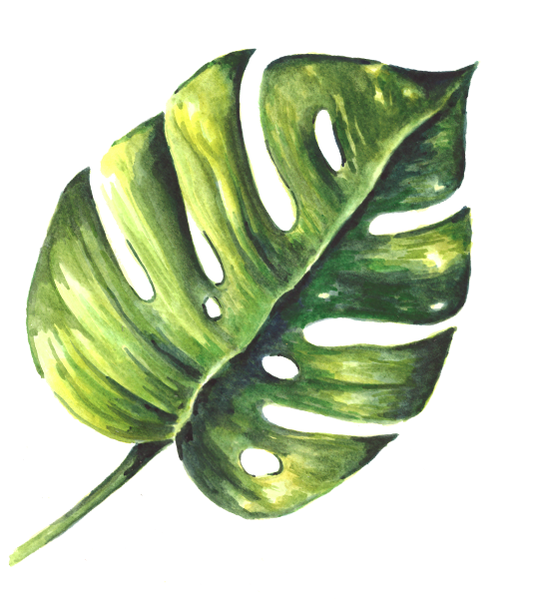
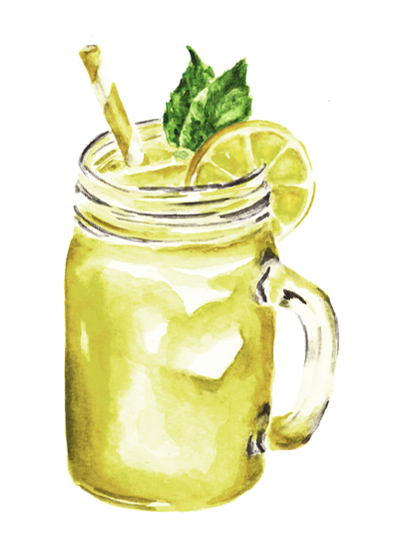
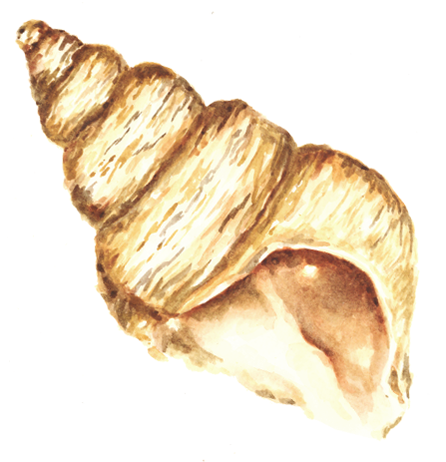
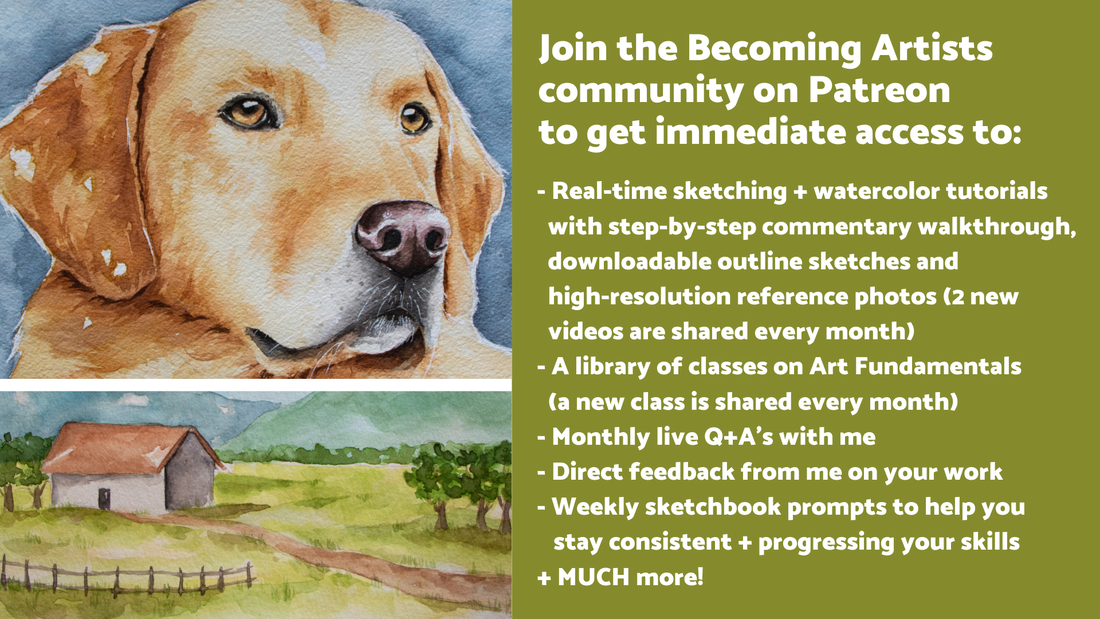
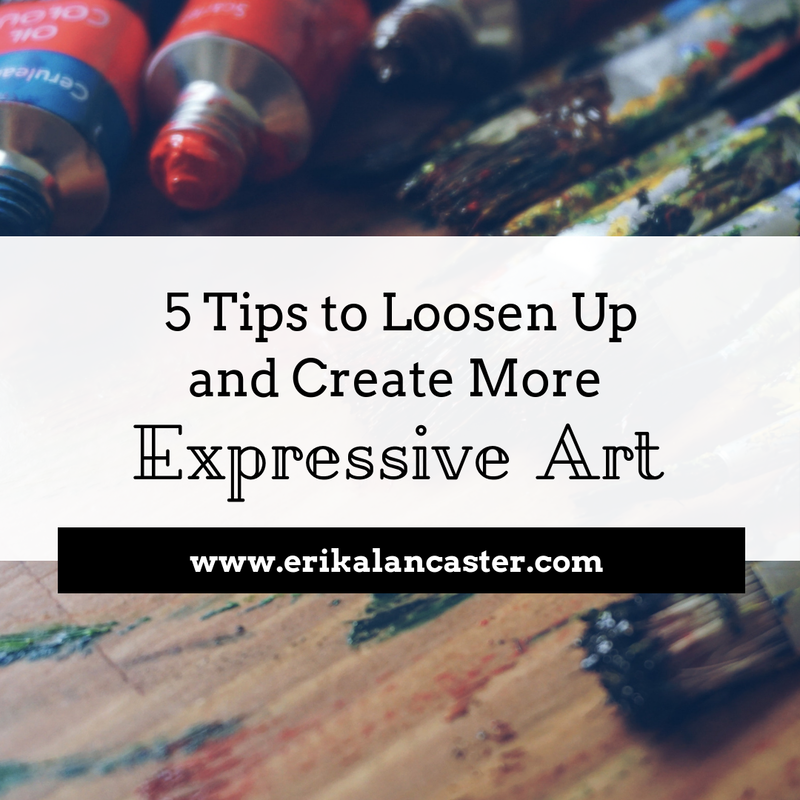
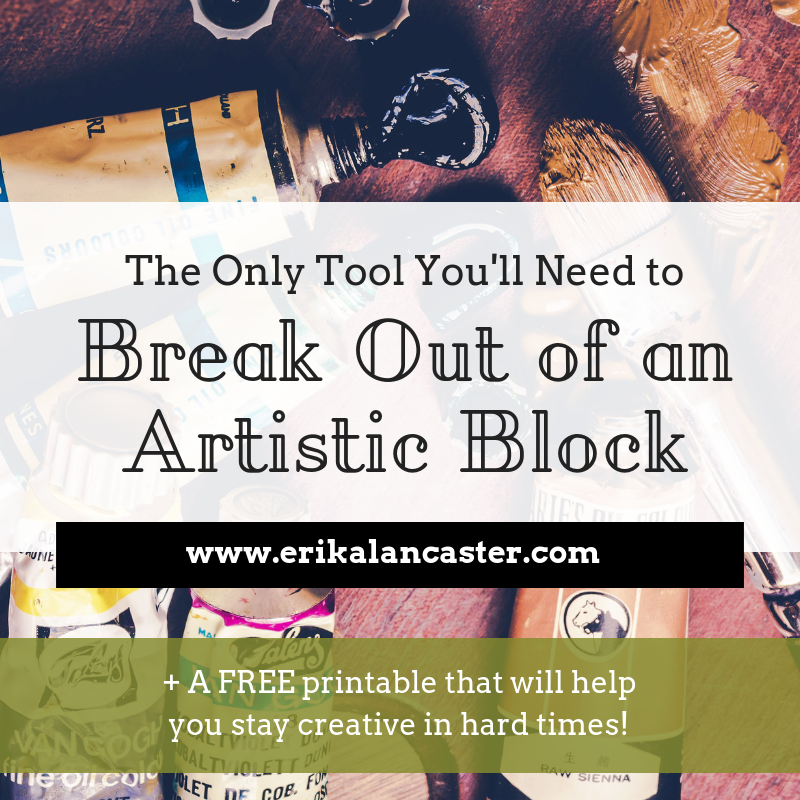
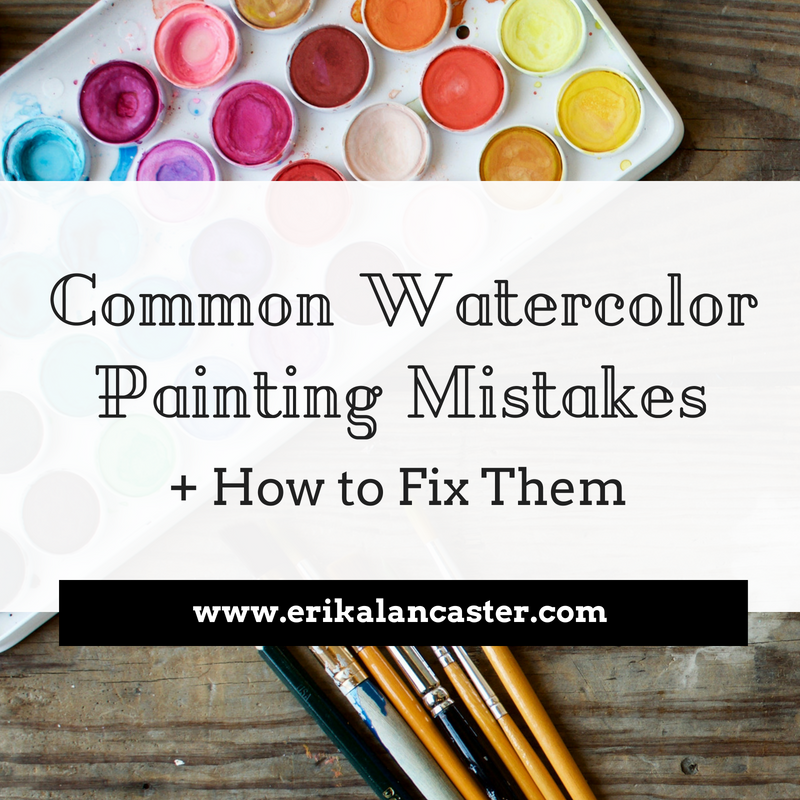




 RSS Feed
RSS Feed

